 Abraham Lincoln
If given the truth, the people can be depended upon to meet any national crisis...
Abraham Lincoln
If given the truth, the people can be depended upon to meet any national crisis...
 Guildford news...
for Guildford people, brought to you by Guildford reporters - Guildford's own news service
Guildford news...
for Guildford people, brought to you by Guildford reporters - Guildford's own news service
Birdwatcher’s Diary No.271 – New Year Spectacular!
Published on: 16 Jan, 2023
Updated on: 16 Jan, 2023
By Malcolm Fincham
The new year began as the old one ended weather wise, with a mild westerly flow continuing the currant theme.
In spite of the weather New Year’s Day had inspired our desires to begin once again a new list of sighting for 2023.
With what had become a regular small posse of companions, we ventured out and began another year’s challenge in our varying individual intensities to see what we might find.
For me, it was more in respect (and with hope) of capturing record shots of what my readers may be able to view in and around the Surrey countryside.
Although accumulating more than 40 species of birds during the first day’s outing of the year. my main intent was to submit a summary of the most interesting of the photos I had obtained.
Our first stop was Cutt Mill Ponds in Puttenham where we were able to see goosanders, counting three, including two drakes and a female.
We also added both male and female mandarin ducks out on the water of the ‘house pond’.
Tufted ducks were also present.
And a few shoveler ducks too.
Moving on to Crooksbury Common, we were able to add a Dartford warbler to the list.
While at Frensham Great Pond we were able to add a firecrest to our list.
As well as a small mixed flock of siskins and goldfinches near the outlet pond.
Among the additional sightings at Tice’s Meadow, were a wintering flock of what had been reported to be in excess of 400 lapwings.
While out on the water a group of six little grebes that gathered in a tight cluster could be counted.
A green sandpiper had once again, as on my two previous visits, positioned itself to the right of the waterside hide, within range of my camera.
And several gadwall were close to view.
Taking advantage of a much brighter and dry interlude in the weather on January 2, I visited Farlington Marshes, near Portsmouth, in the company of Bob, Dougal and school-day pal ‘Big Chip’.
This was to add a few coastal assortments as well as what turned out to be a few bonus wintering species not commonly seen, increasing our count in excess of 80 species.
The tide was high on our arrival but I was holding on to the opportunity of a few good sightings.
Brent geese were of common sight, numerous flocks equating to more than 1,000 individuals.
Also still present, having sifted through the vast numbers of brent geese, was the black brant goose, seen on my previous visit and report. https://en.wikipedia.org/wiki/
A group of six or more red-breasted mergansers could be viewed in Langstone Harbour at high tide.
While on the concrete sea defence wall a common redshank could be seen.
A fling of dunlin flew low across the harbour.
And a few grey plovers added to our sightings.
Also in flight across the harbour, a group small group of curlews could be viewed in flight.
And an oystercatcher.
Looking across the main inland lake from its viewpoint, a group of 34 avocets could be counted.
Pintail ducks could also be viewed, mostly in pairs.
Close by the viewing point, a Dartford warbler was still present.
And a wren also showed well.
Continuing our walk along the seawall path, while viewing inland across the salt-marsh and numerous inland pools, a variety of wintering ducks and other birds could be added to the day list.
These included, shoveler.
Teal.
Wigeon.
A couple of turnstones.
Several small groups of black-tailed godwits.
Lapwing.
And a small group of shelducks.
A distant scan across the grassland with the assistance of Dougal’s ‘scope’ allowed the opportunity to pick out a marsh harrier. Later seen in flight.
While picked out, sitting on a grassy mound, a peregrine falcon.
Completing the birds of prey sightings, and closer to view, was one of several kestrels in and around the reserve.
One of the highlights of the day was five white-fronted geese, I had previously seen there just before Christmas. On this occasion it was with much credit to keen-eyed Bob. He’d picked and pointed them out, allowing me the opportunity to ‘snatch’ a few photos of them in flight alongside a swath of brent geese.
Following their flight we saw them land. And by retracing our steps we were able to relocate them, still in their family group of two adults and three juveniles.
Having completed the full circuit of the reserve, we followed up on a report that a short-eared owl was out hunting in the ‘point field’.
On our arrival it could be viewed perched atop of a hawthorn bush.
We also watched for a good 15 minutes or more as it hunted around the field.
By the following day inclement weather had returned. Although impeding my photography a tad, our visit to the London Wetland Centre near Barnes involved, for much of our stay, viewing from the various hides.
From the Dulverton Hide we were able to pick out one of the bitterns that had been previously reported. Although distant, it could be viewed in front of the reed bed in the direction of the Peacock Tower hide.
While watching it took flight, allowing me a few seconds to catch a photo as it flew across the main lake.
From the Peacock Tower we added common snipe.
As well as a a female reed bunting.
And getting some unusually good views of a Cetti’s warbler.
While out on the lake seeing a female goldeneye.
And several pochard could be viewed.
What intended to be a brief stop off at the ‘big observation hide’ on our way back out of the reserve lasted in excess of an hour.
Looking out just beyond large plate-glass window overlooking the main lake to the reeds close by the centre a rare close-up view of a bittern could be observed.
Although reflections in the glass made photography a challenge, visually one could not ask for a better sighting. It felt like an irreverence to leave it while still in full view when eventually we had to head off home.
So with one last wave to the ring-necked parakeets abundant in the area, we headed home.
Although having already seen one on the first of the month, I didn’t have to venture further than my back garden on January 5 to see a red kite drifting low across the rooftops, once again still spellbound by their now regular presence.
During the first weeks of the month I had a few rare windows of opportunity to visit Britten’s Pond along Salt Box Road, Worplesdon. This gave me the chance to see my first kingfisher of the year.
Since the lead up to Christmas, the pond had suffered more than its fair share of bird deaths. This is thought to be have been due to avian flu that had been prevalent in the UK during 2022.
The first bird to have died was a second winter female mute swan, this occurring during the cold snap in mid December. The second mute swan to die was an adult on Christmas Eve, also showing no signs of physical injury.
It was therefore pleasing for me to me to see the adult male and the remaining second winter female still looking well.
Also still appearing to be in good health were the two resident greylag geese.
A little grebe had made a reappearance after a few weeks absence.
Another delightful sight for me, in the hollies at the back of the lake, was a firecrest. Especially that although having previously heard their call in the area, it was the first time I had got a picture of one there.
Other sightings there included a small group of redwings.
As well as blackbirds feeding on ivy berries.
Adding to my day’s photos was a treecreeper.
As well as a nuthatch.
And even a chiffchaff on one occasion.
What seemed to be a relentless conveyor belt of wet weather across the southern counties of the UK took a brief break for a couple of hours on January 11. Just long enough for a walk around the farmlands in Shackleford.
Although not one of my most productive visits there, I was still successful in adding a few more photos and sightings to my new year list.
A few fieldfares were still present, although not as many as on my previous visit there.
A variety of flocks of birds were still present, however, including a charm of goldfinches.
Other flocks included meadow pipits.
And linnets.
A few skylarks could be heard in song as well as seen in flight while the sun shone.
A regular sight there in recent times have been red kites, with two present on this occasion.
A common buzzard was also present.
And a raven also flew over to add a new species to my year.
While a bullfinch was a most welcomed addition to my new year’s sightings.
Responses to Birdwatcher’s Diary No.271 – New Year Spectacular!
Leave a Comment Cancel reply
Please see our comments policy. All comments are moderated and may take time to appear. Full names, or at least initial and surname, must be given.
Click on cartoon for Dragon story: Public Asked for Views on SCC’s Proposal for Reduced Speed Limits


Recent Articles
- Guildford Plans Three-Day Celebration In a Festival of History And Culture
- Local Therapy Garden Supporting Mental Health Shortlisted for BBC Award
- Thousands of Year Six Pupils at Guildford Cathedral for a Special Send Off
- New Surrey Research to Find Solutions to Local Challenges
- Comment: What Are We To Make of the GBC Executive ‘Reshuffle’?
- Bensons for Beds Opens New Store on Guildford High Street
- ‘Politics Is Not Always a Kind Place’ Says Dismissed Lead Councillor
- Local MPs Vote in Favour of Assisted Dying
- Merger Between Reigate & Banstead and Crawley Councils Ruled Out
- Letter: It’s Almost Like We Have Been Abandoned By the Council


Recent Comments
- John Redpath on ‘Politics Is Not Always a Kind Place’ Says Dismissed Lead Councillor
- Jules Cranwell on ‘Politics Is Not Always a Kind Place’ Says Dismissed Lead Councillor
- Ben Paton on ‘Politics Is Not Always a Kind Place’ Says Dismissed Lead Councillor
- Angela Gunning on ‘Politics Is Not Always a Kind Place’ Says Dismissed Lead Councillor
- Nigel Keane on A281 At Shalford Has Now Reopened Following Repairs to Damaged Roof
- N Hatcher on New Electric Trains Now Arriving at Guildford – 100 Years After the First One Did
Search in Site
Media Gallery
Dragon Interview: Local Artist Leaves Her Mark At One of England’s Most Historic Buildings
January 21, 2023 / No Comment / Read MoreDragon Interview: Lib Dem Planning Chair: ‘Current Policy Doesn’t Work for Local People’
January 19, 2023 / No Comment / Read MoreA3 Tunnel in Guildford ‘Necessary’ for New Homes, Says Guildford’s MP
January 10, 2023 / No Comment / Read More‘Madness’ for London Road Scheme to Go Ahead Against ‘Huge Opposition’, Says SCC Leader
January 6, 2023 / No Comment / Read MoreCouncillor’s Son Starts Campaign for More Consultation on North Street Plan
December 30, 2022 / No Comment / Read MoreCounty Council Climbs Down Over London Road Works – Further ‘Engagement’ Period Announced
December 14, 2022 / No Comment / Read MoreDragon Interview: GBC Reaction to the Government’s Expected Decision to Relax Housing Targets
December 7, 2022 / No Comment / Read MoreHow Can Our Town Centre Businesses Recover? Watch the Shop Front Debate
May 18, 2020 / No Comment / Read More



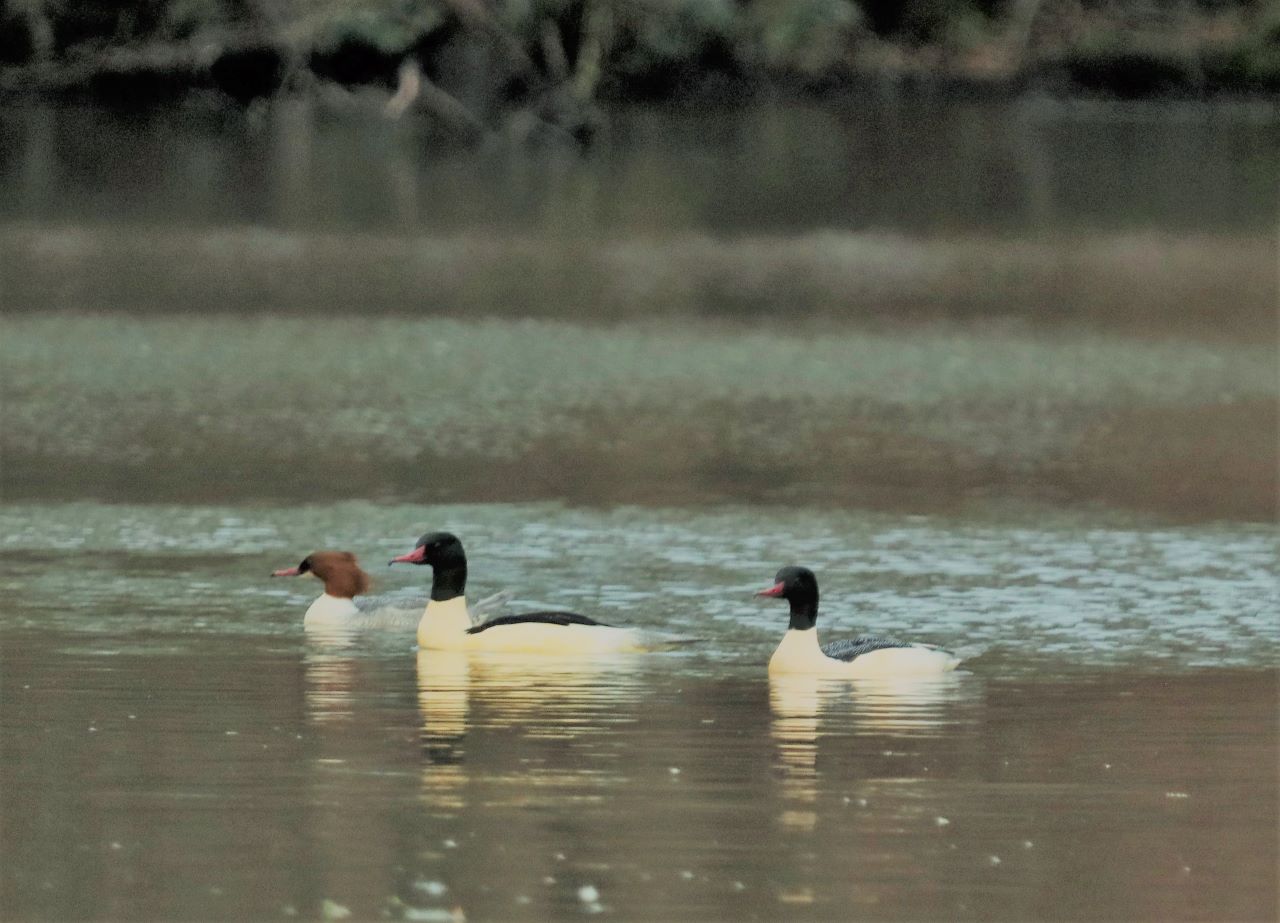

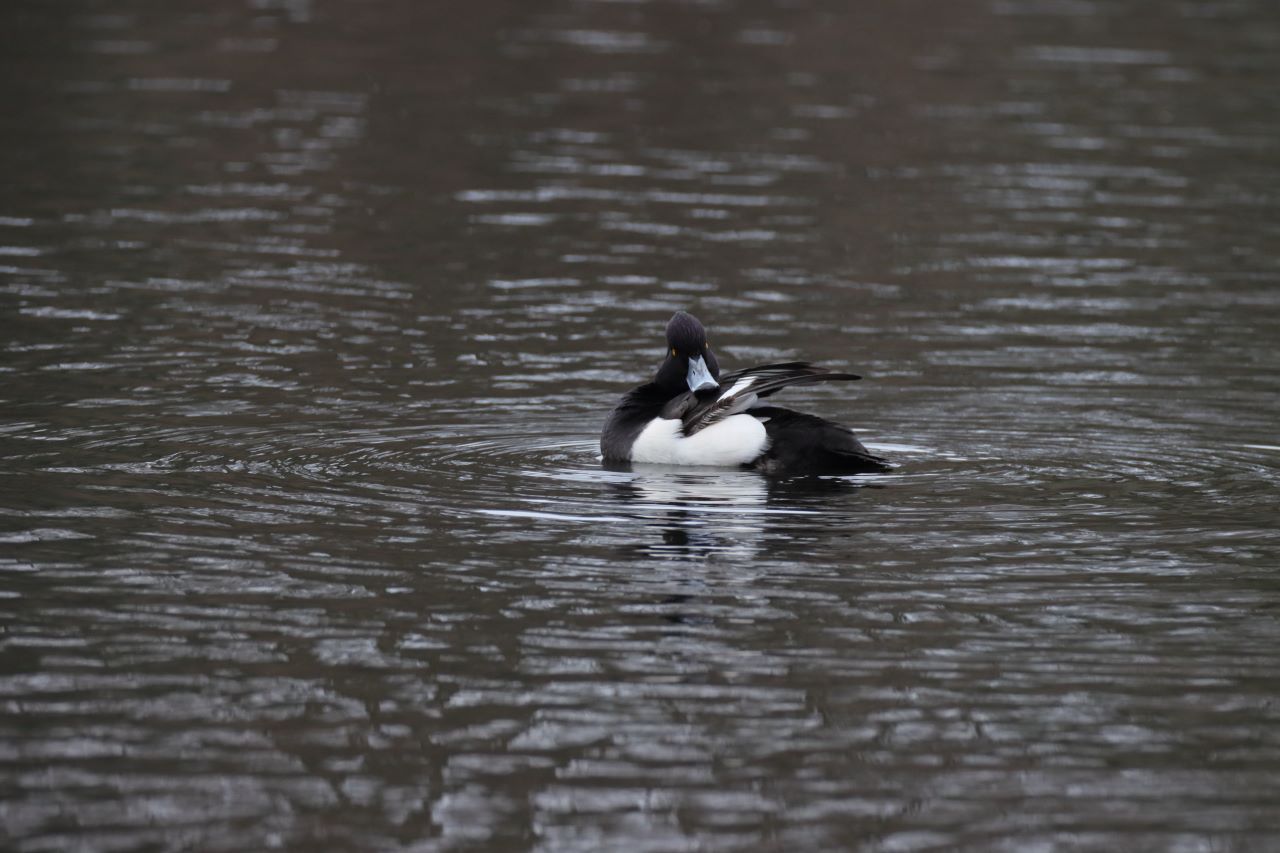



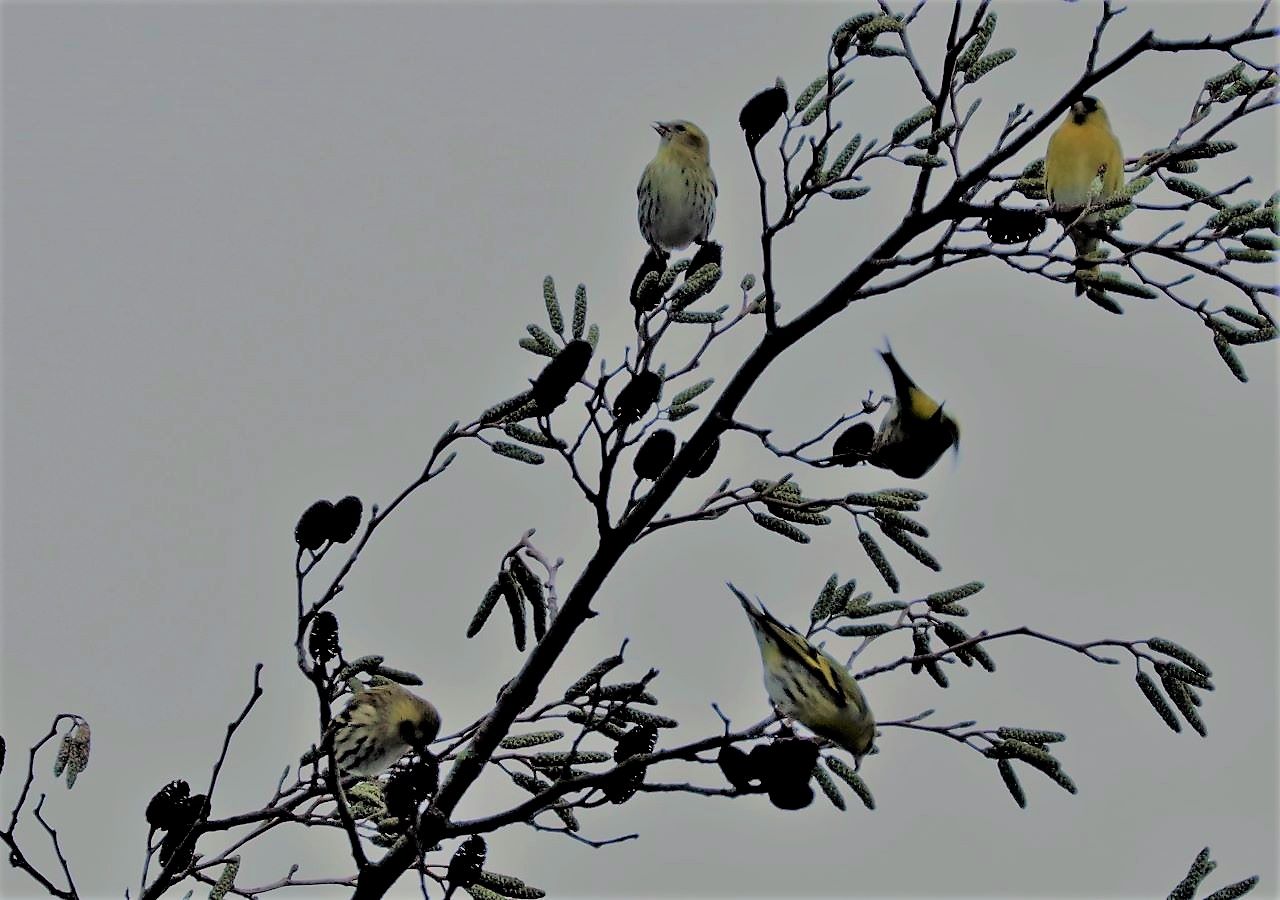

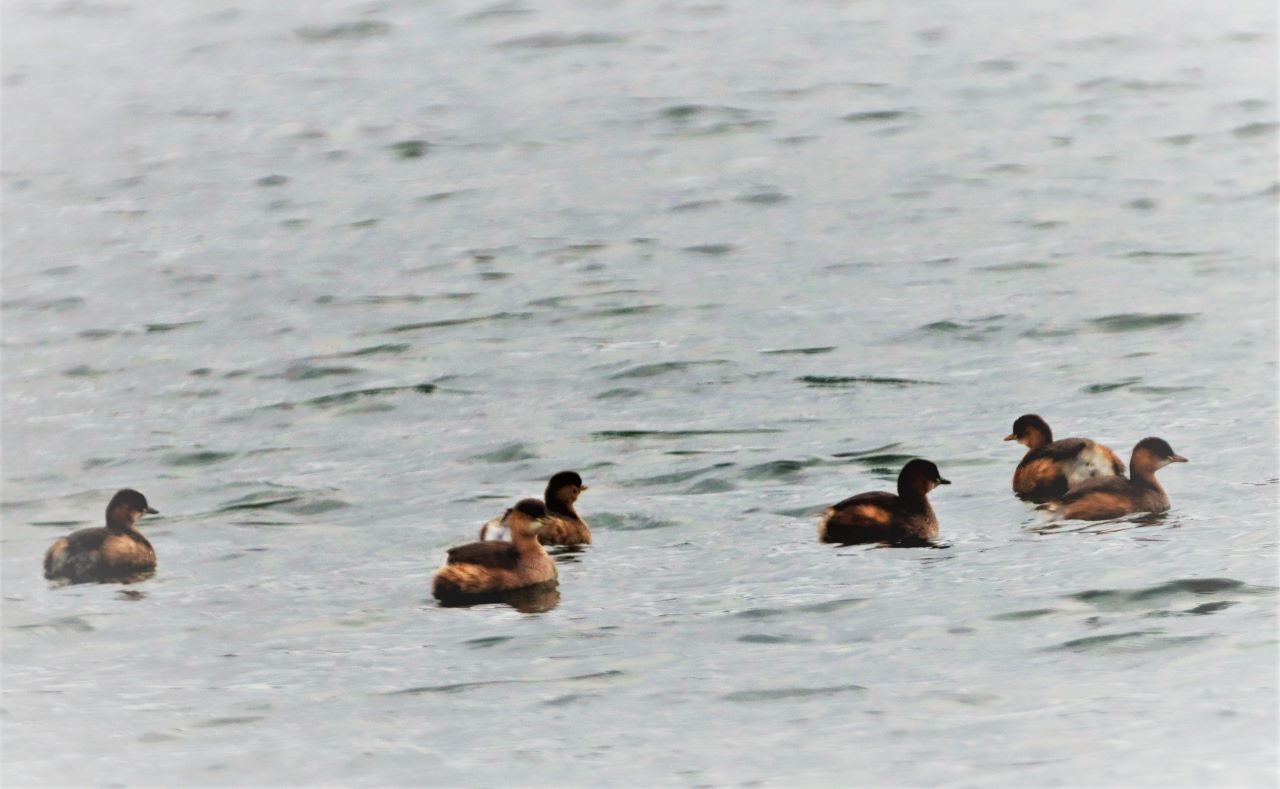
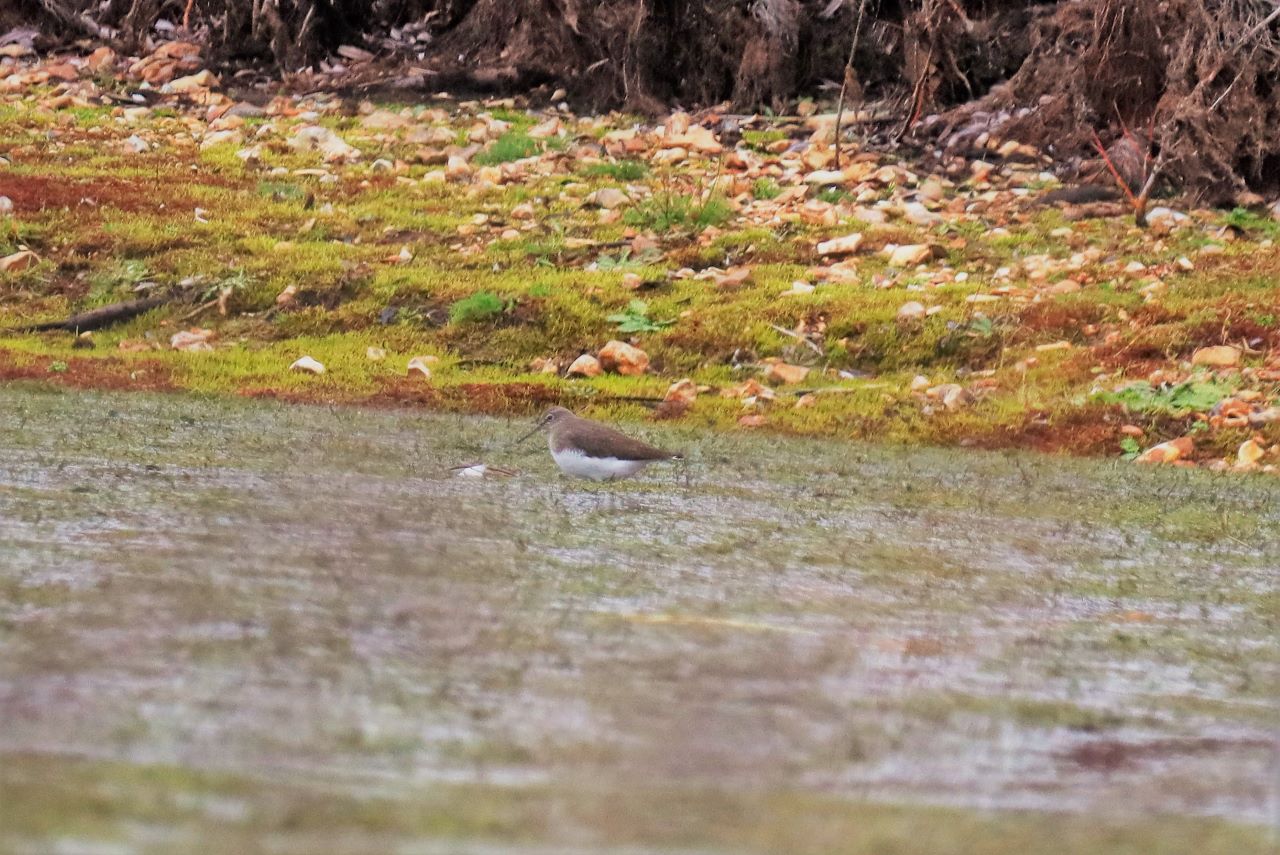
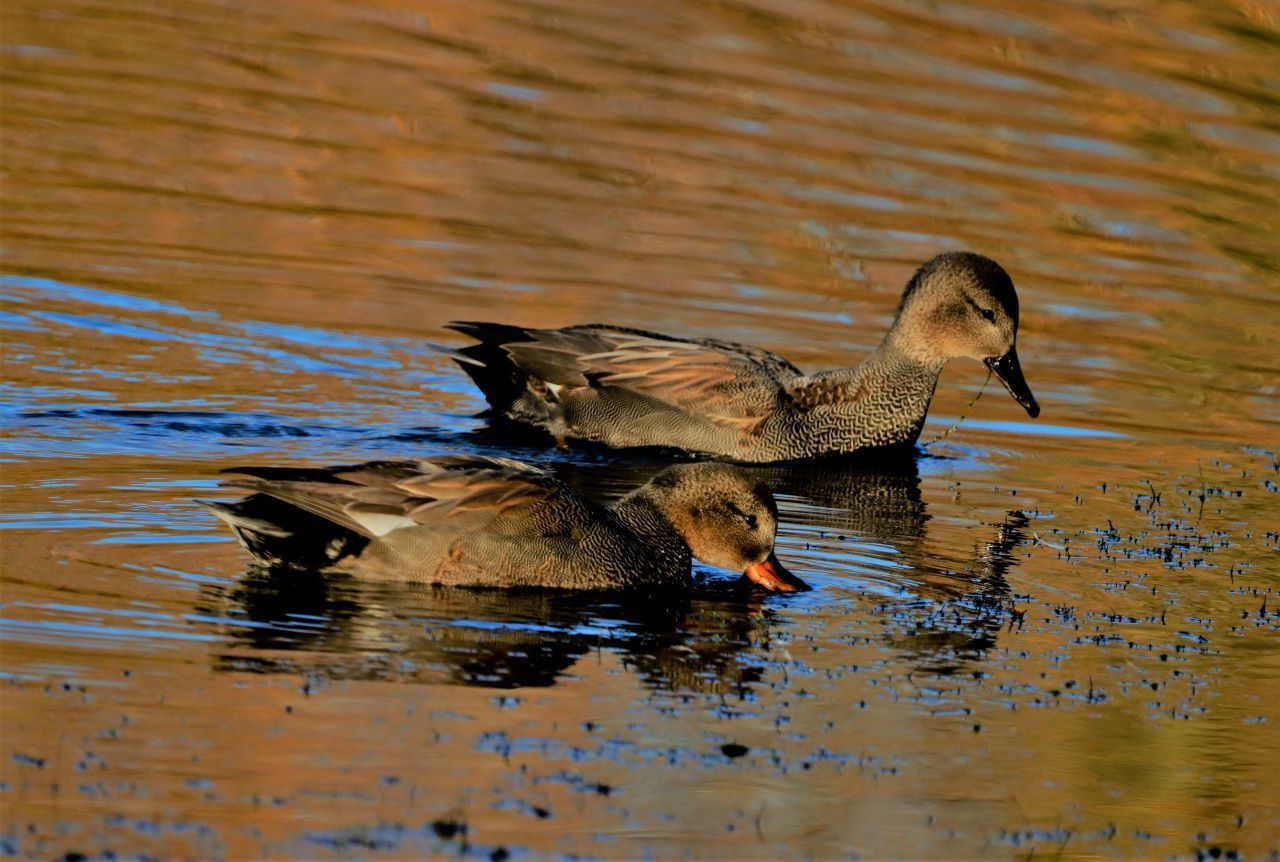

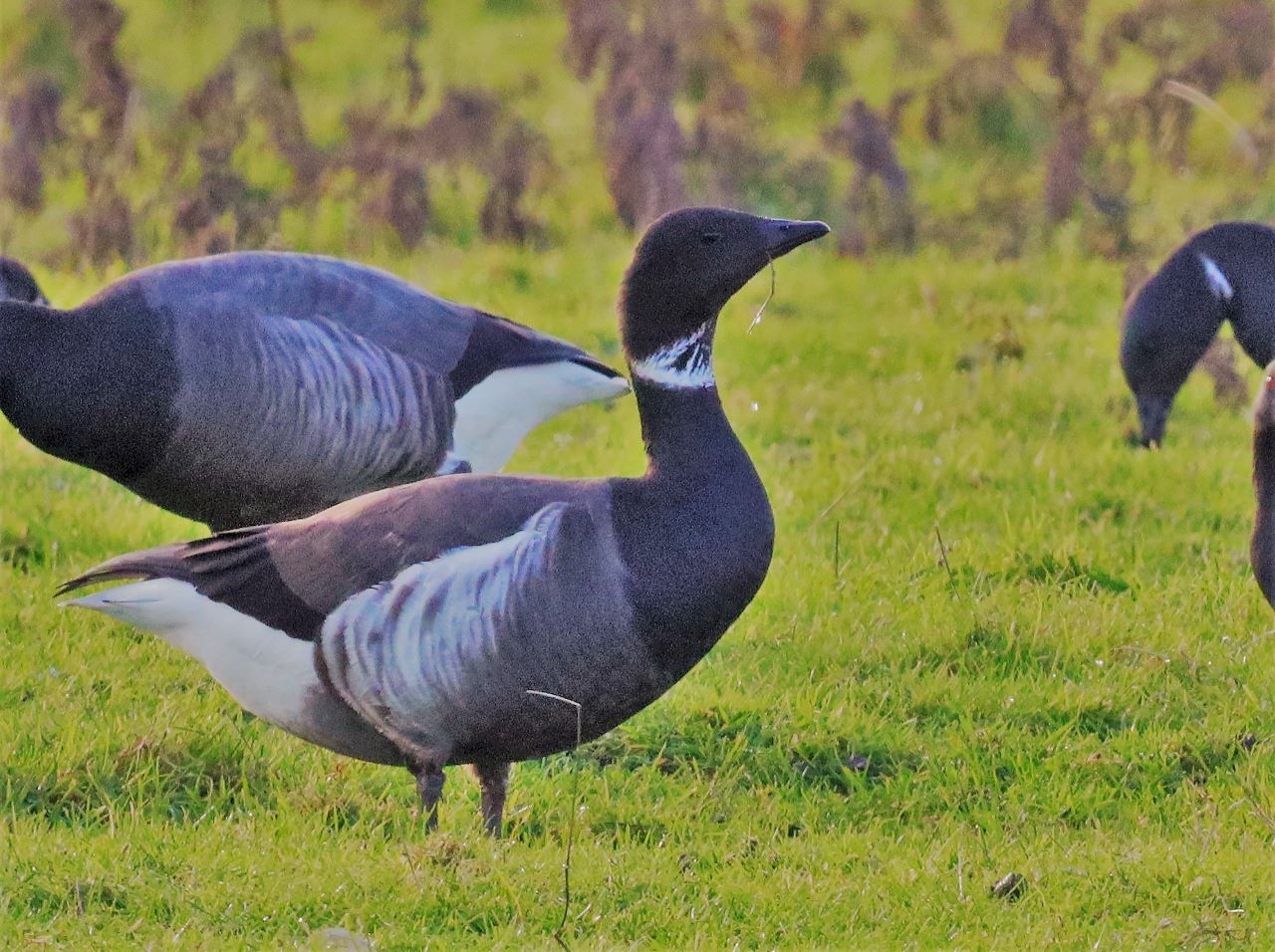


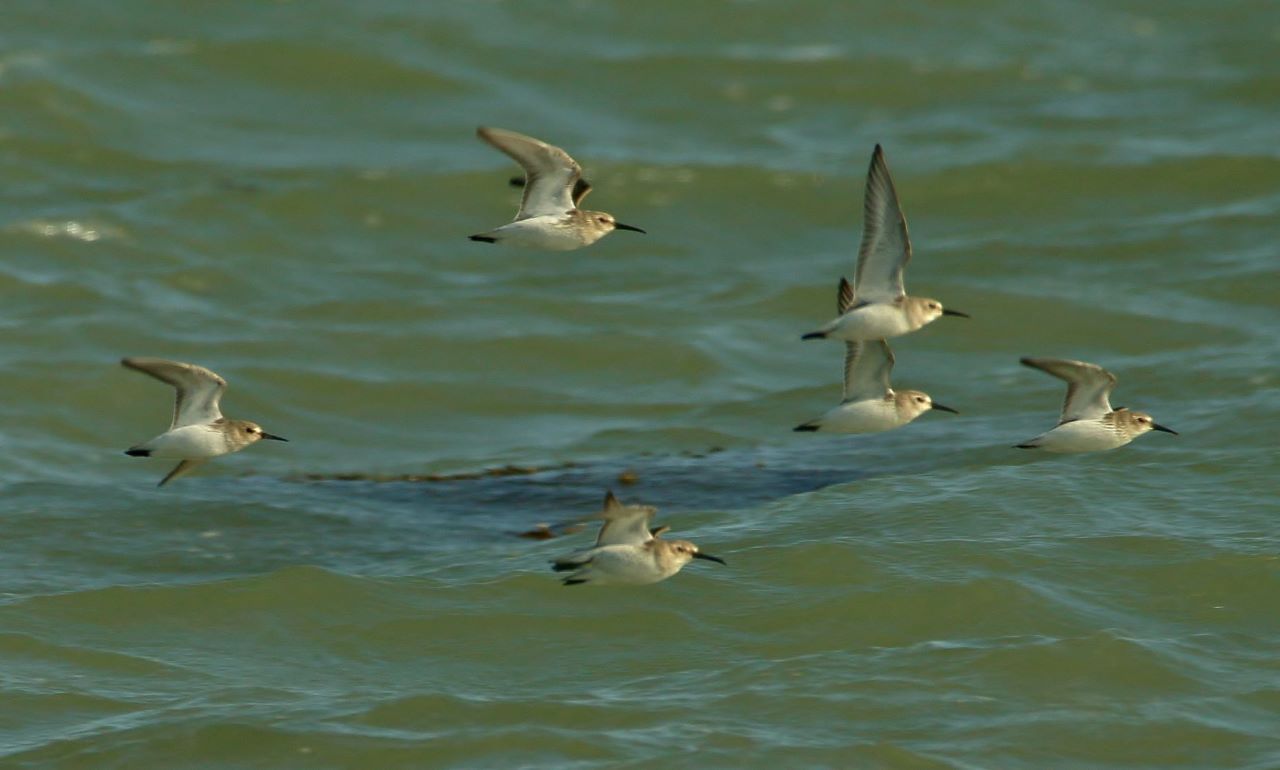
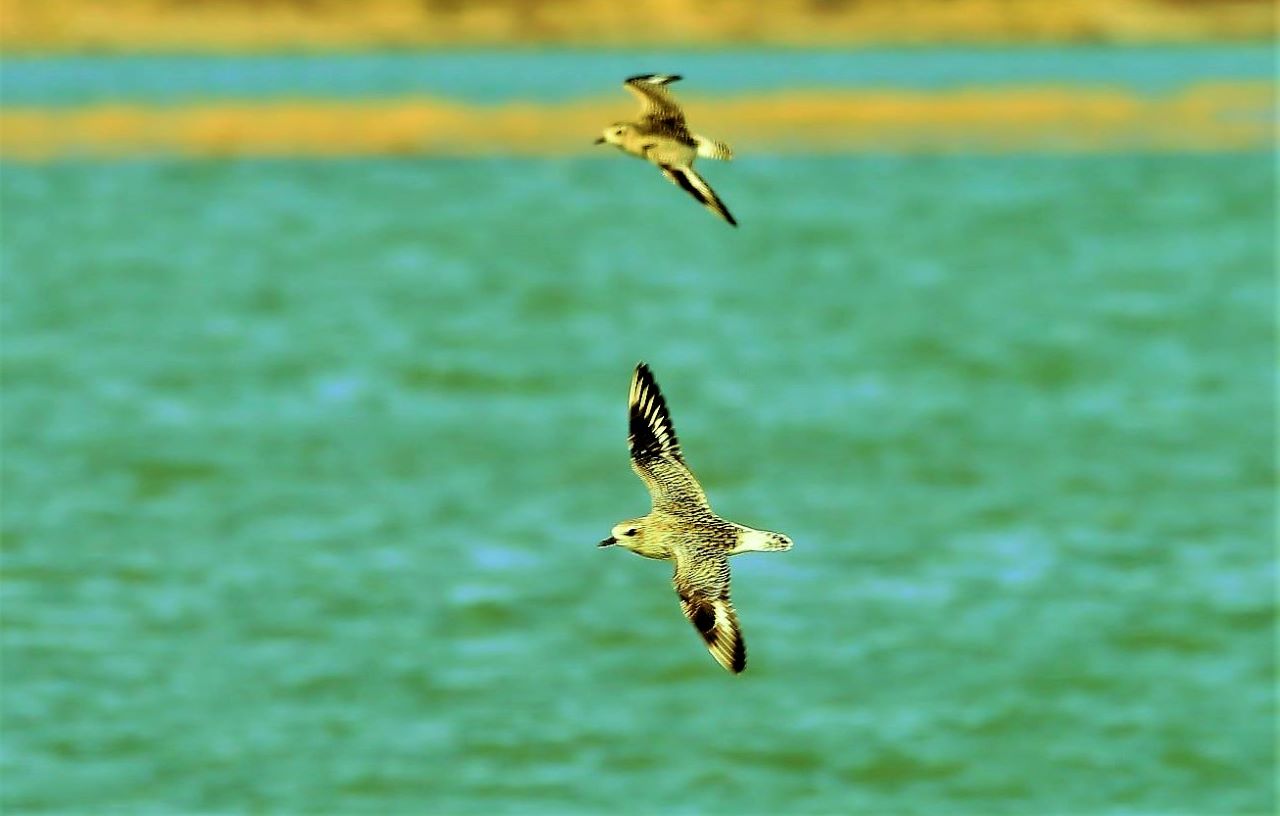
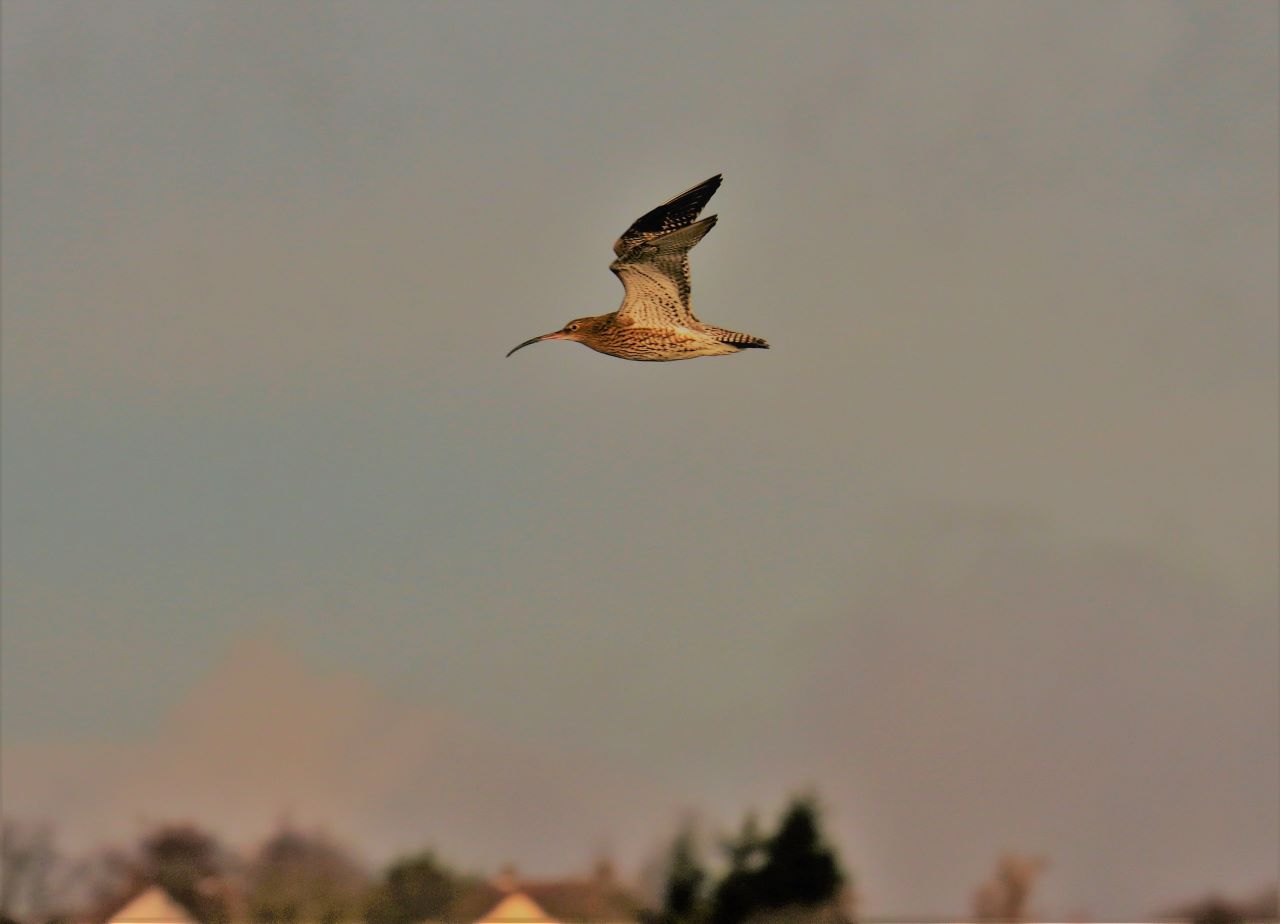

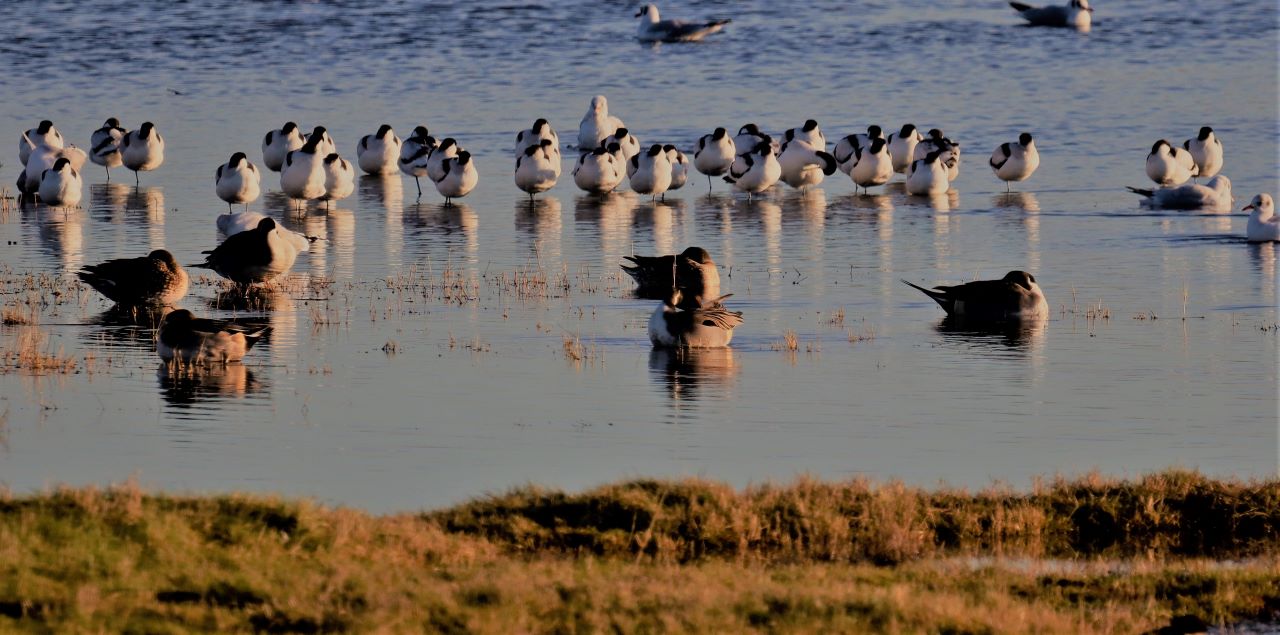


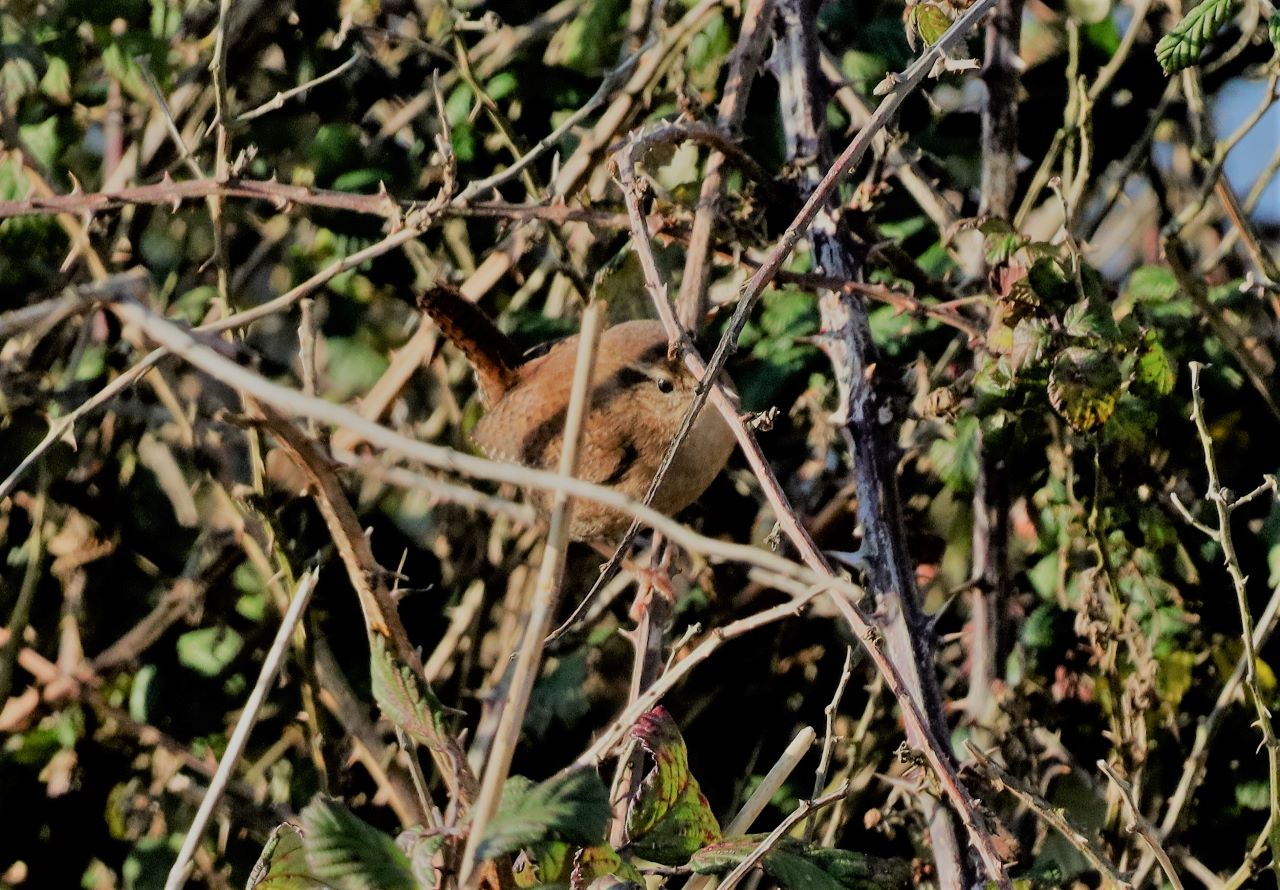

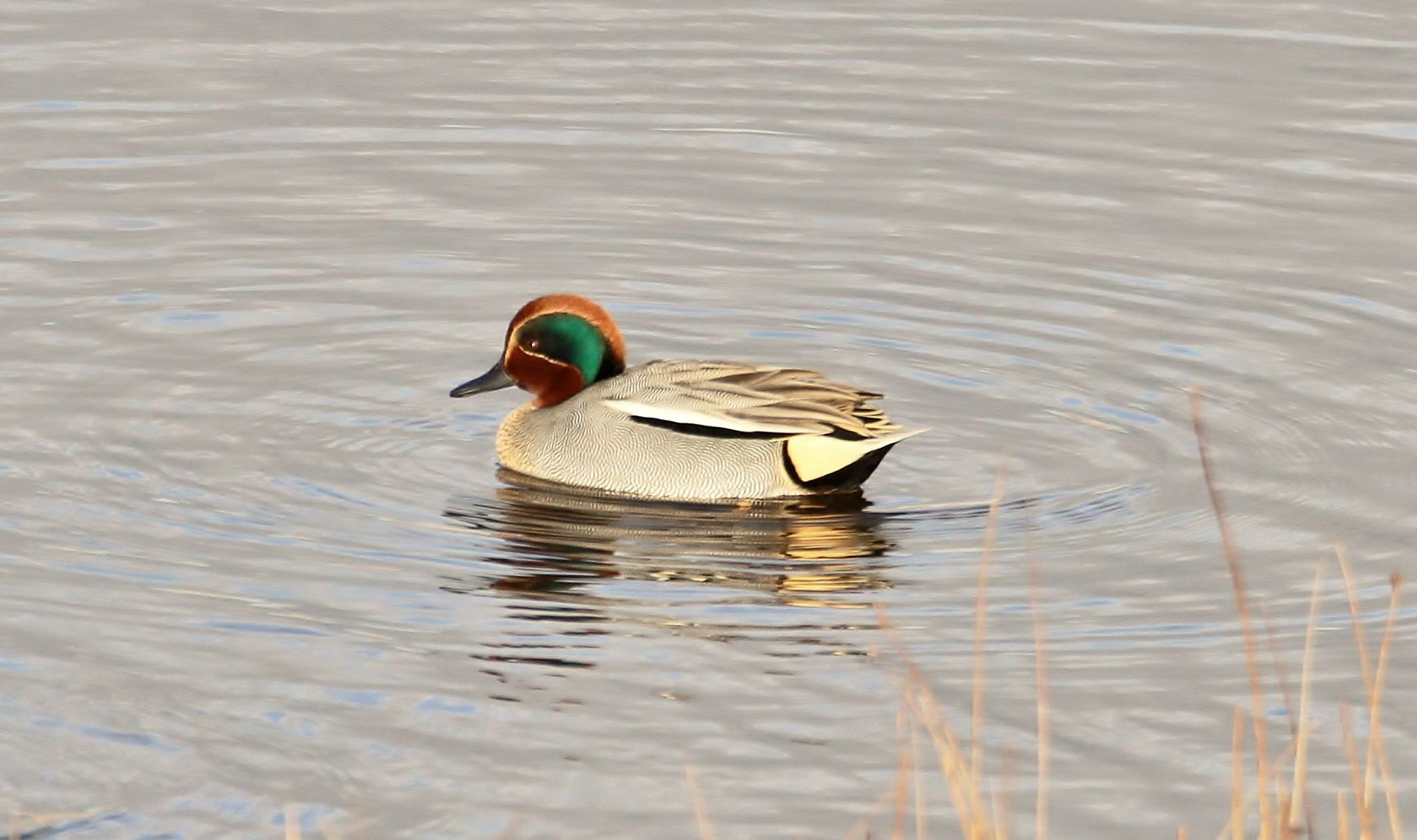
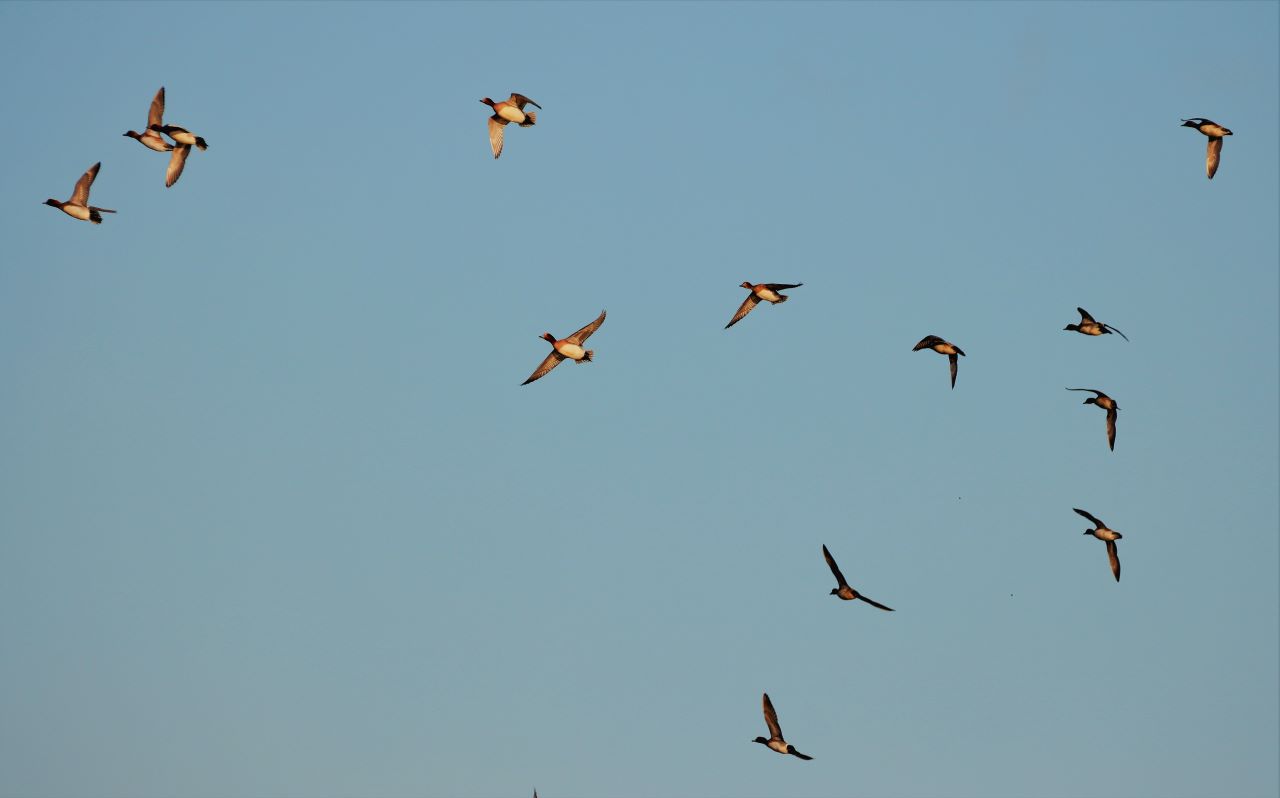
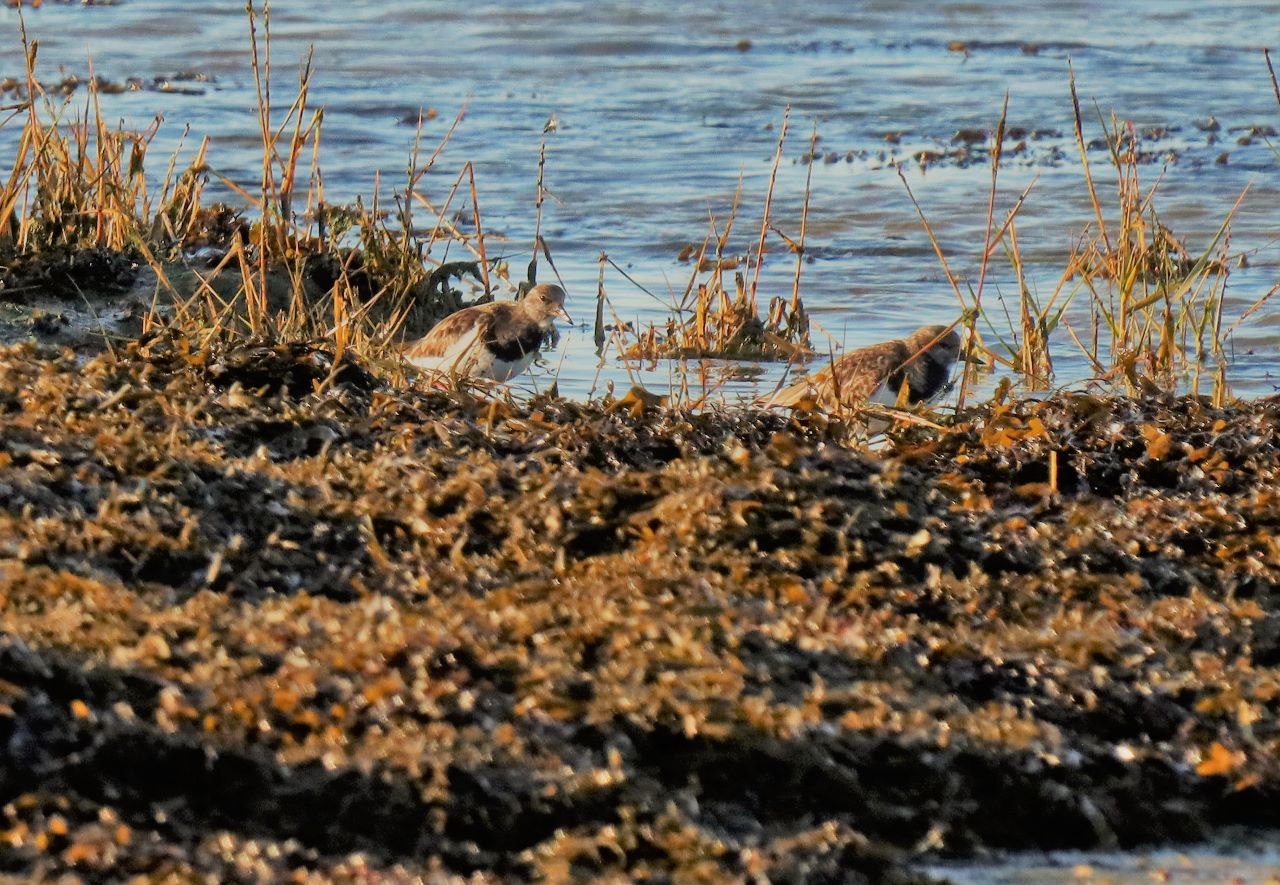
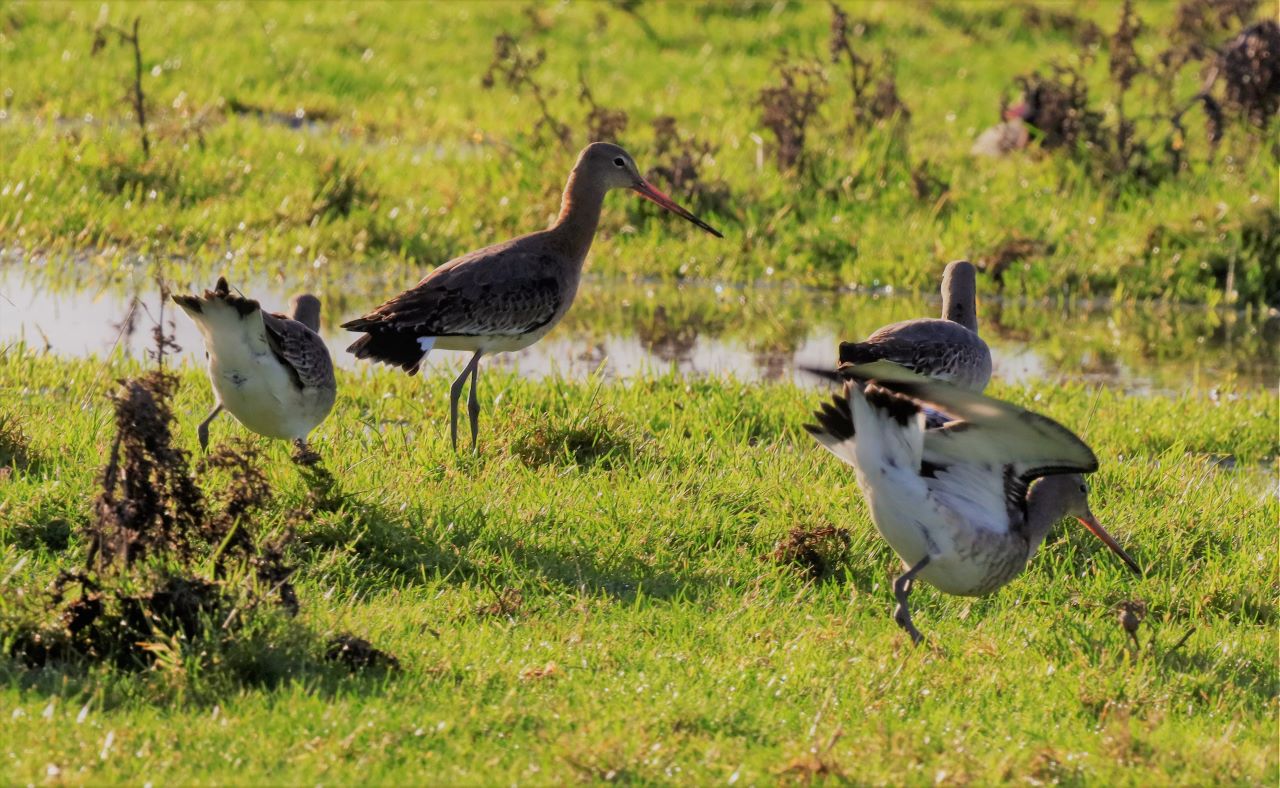
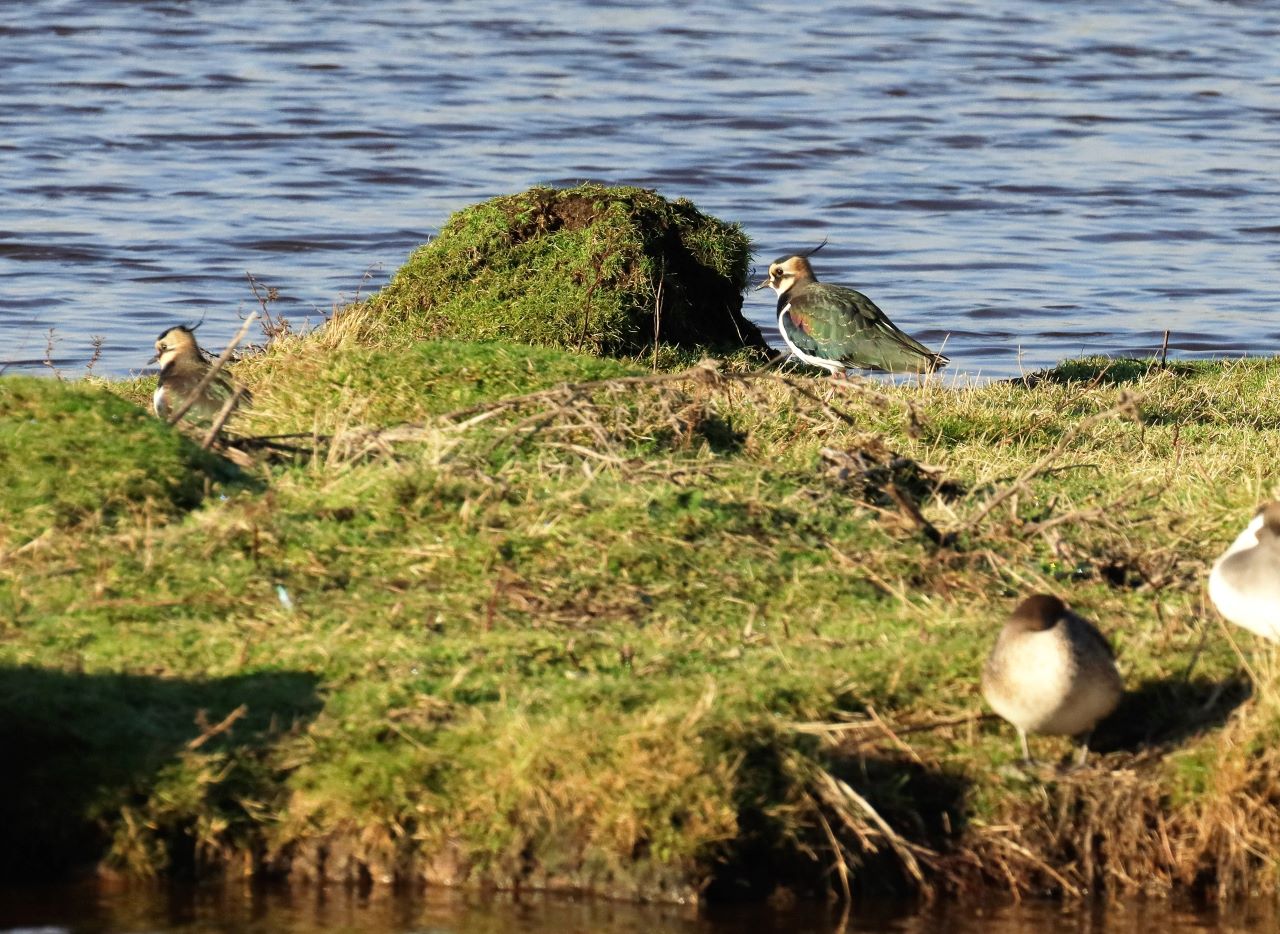
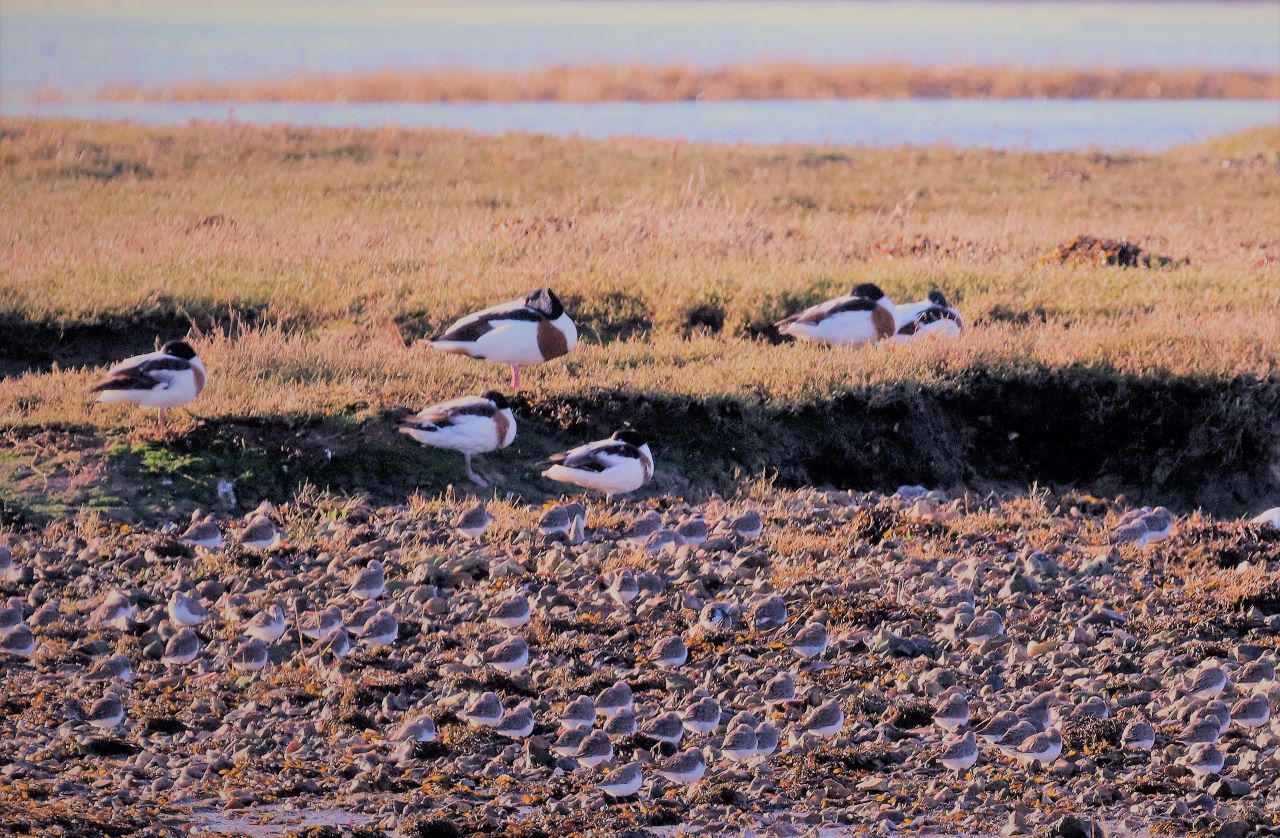
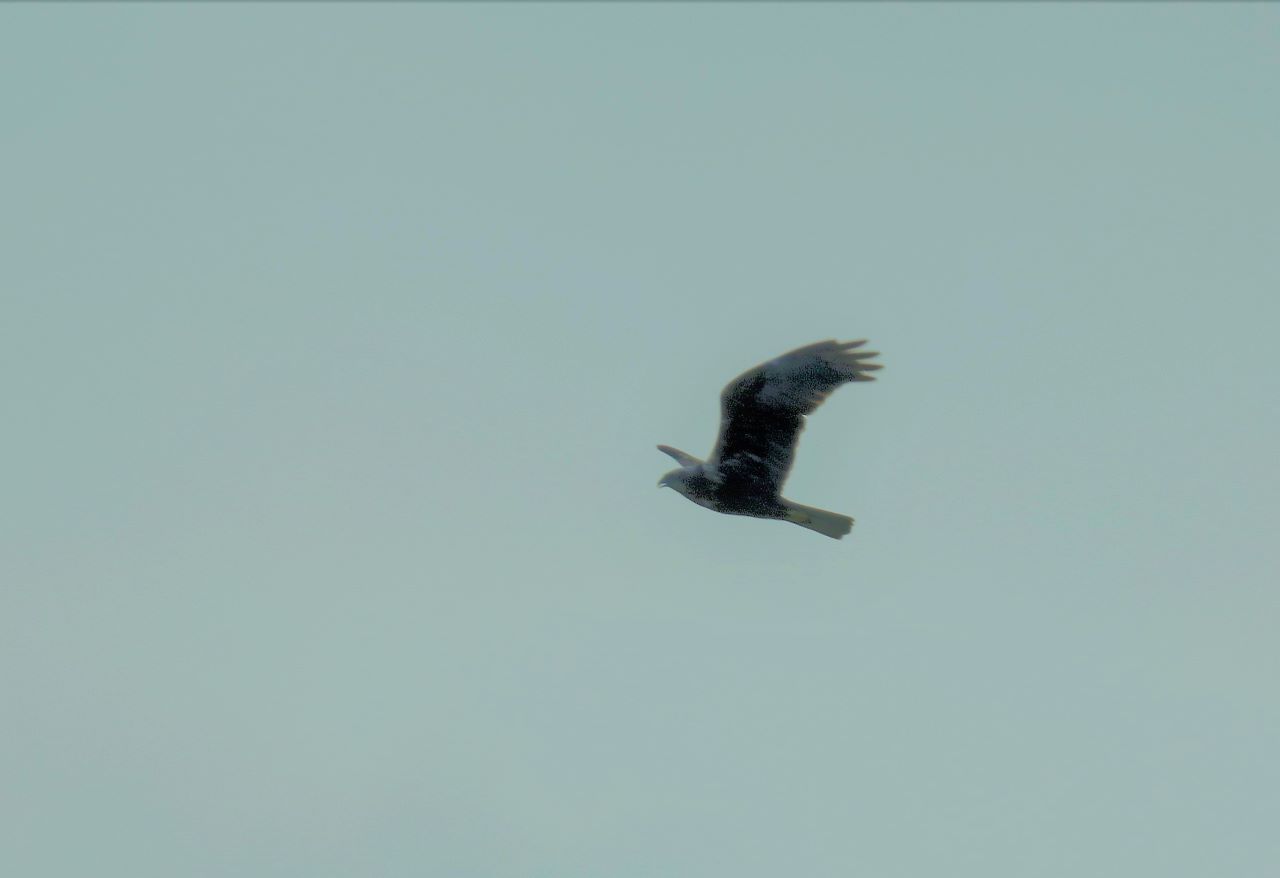
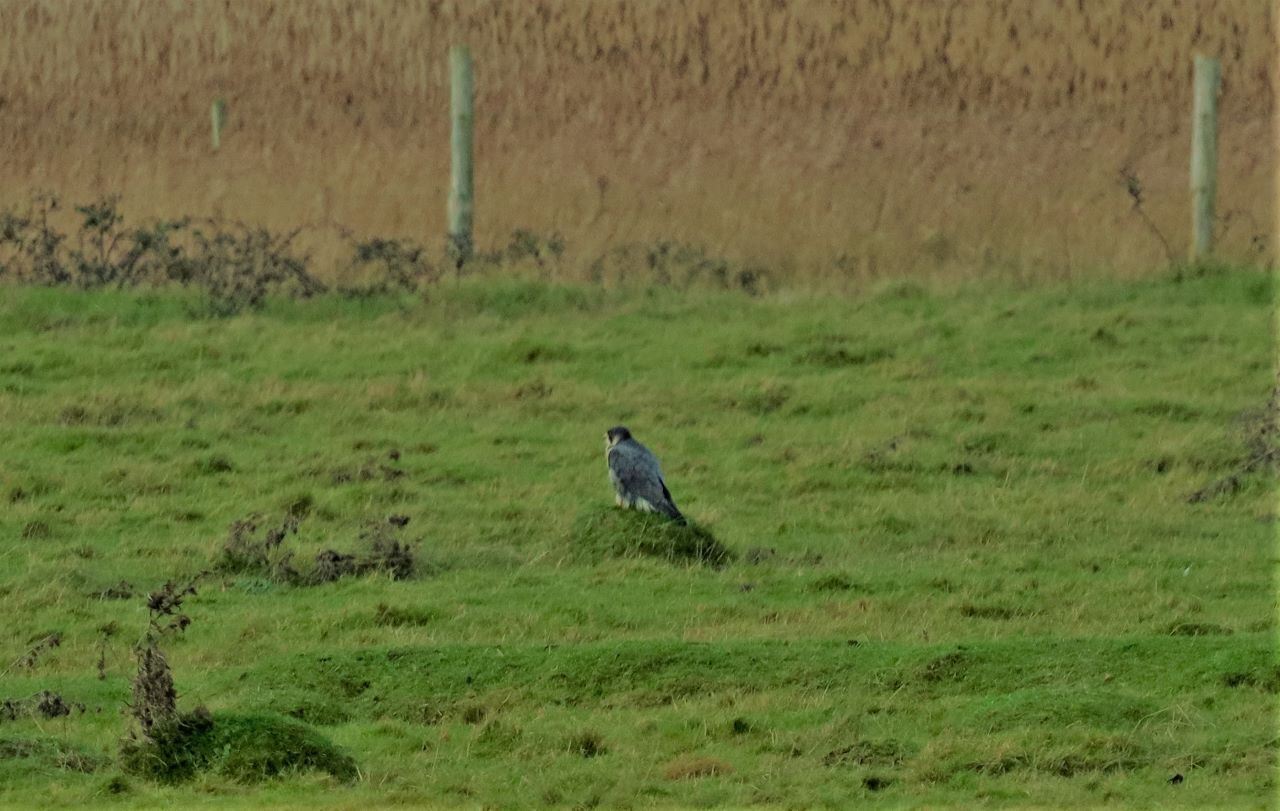




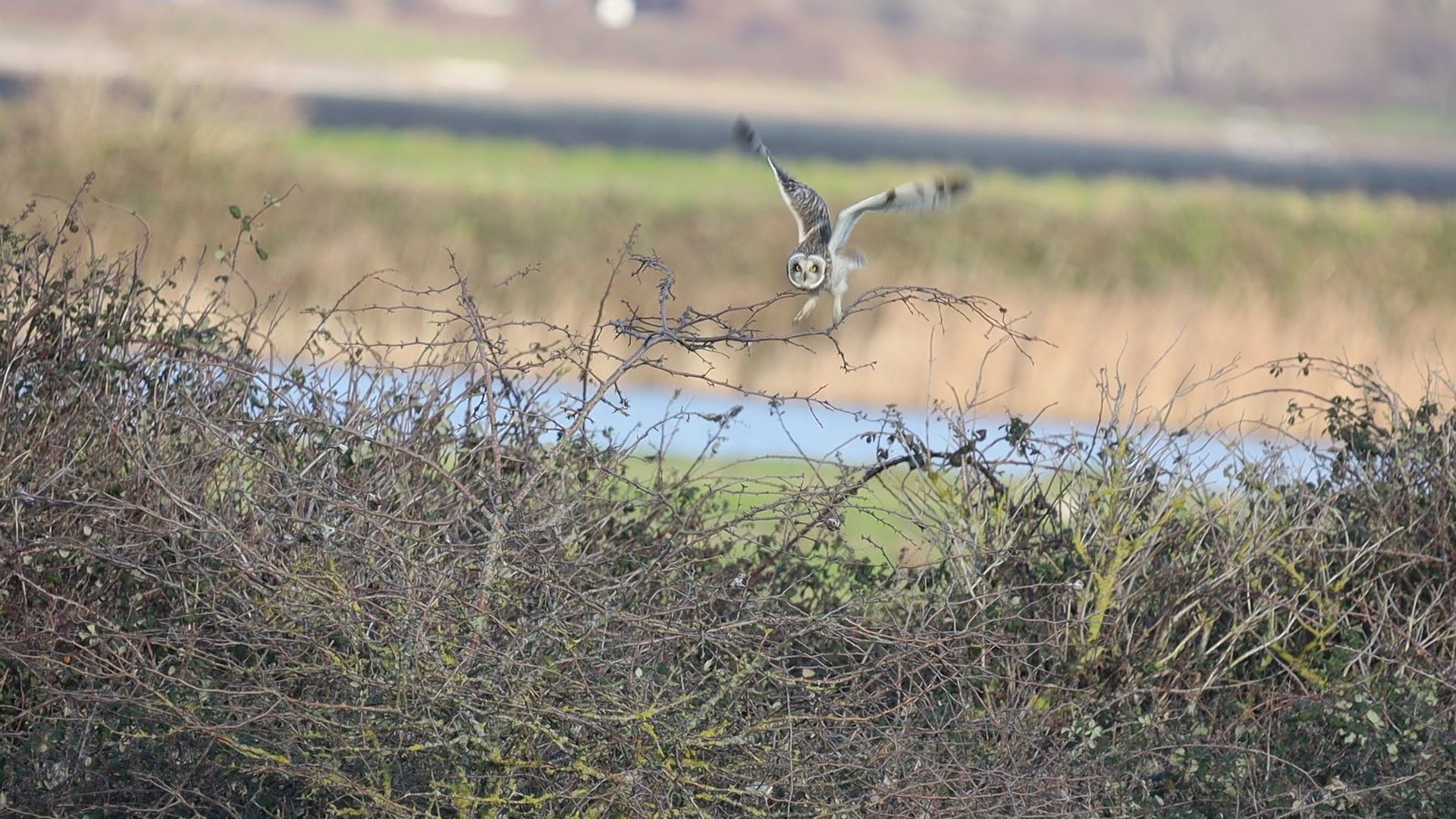
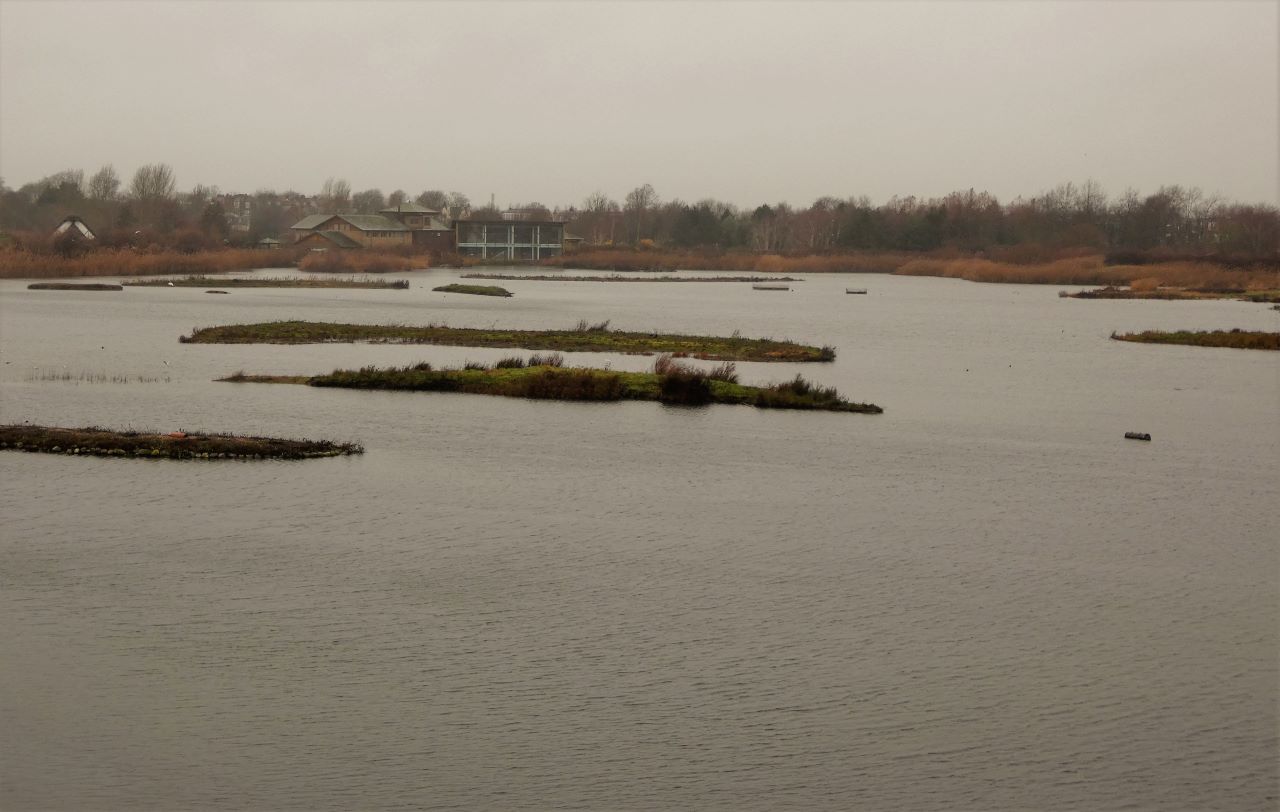

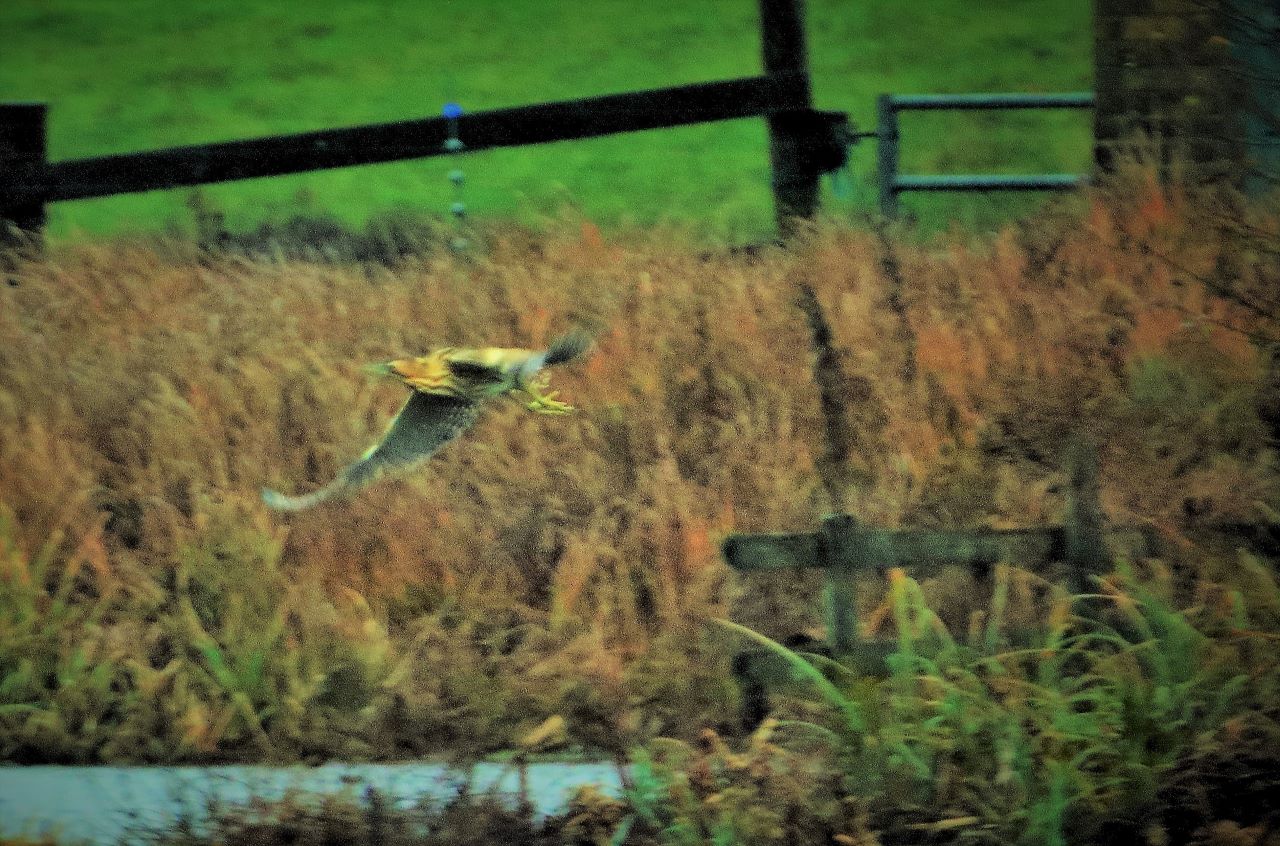
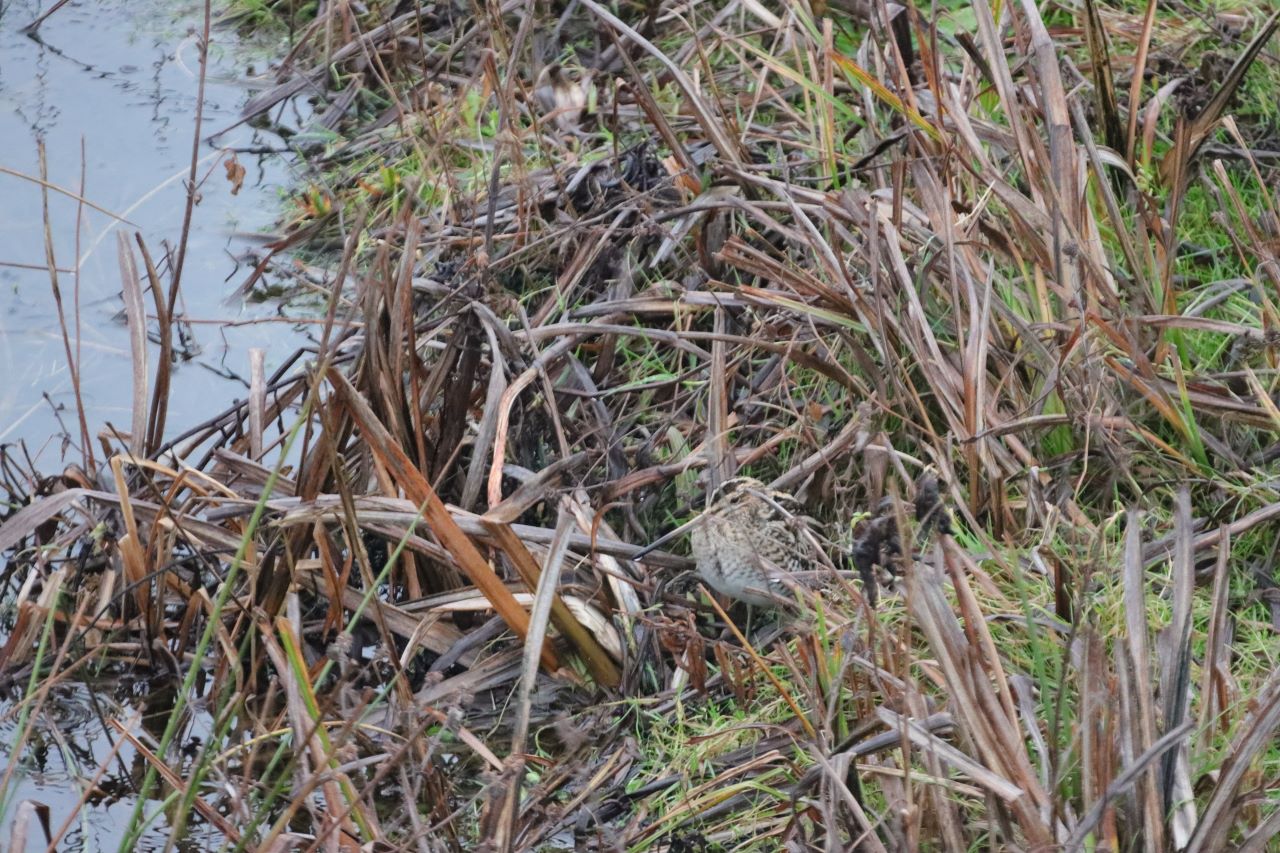

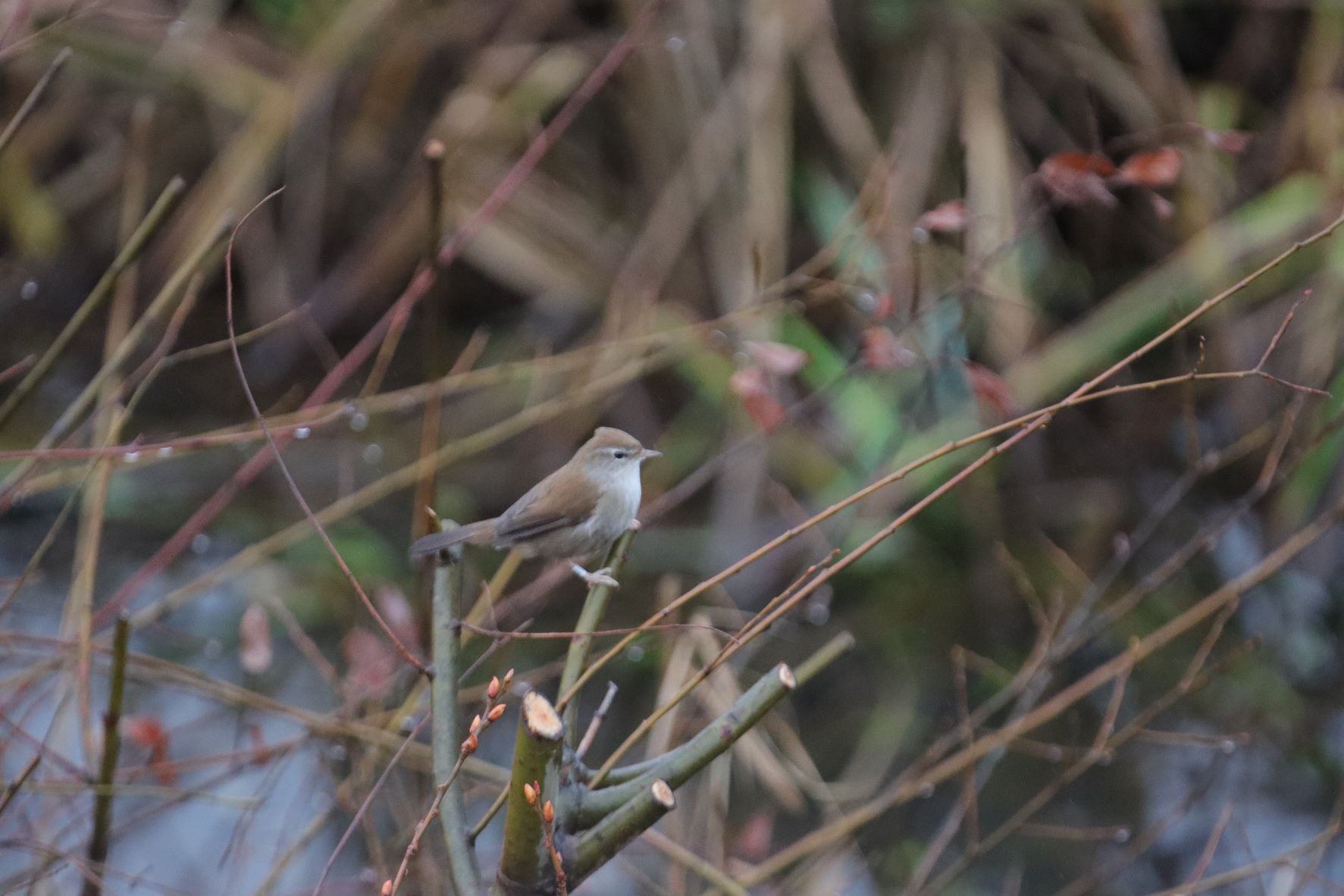
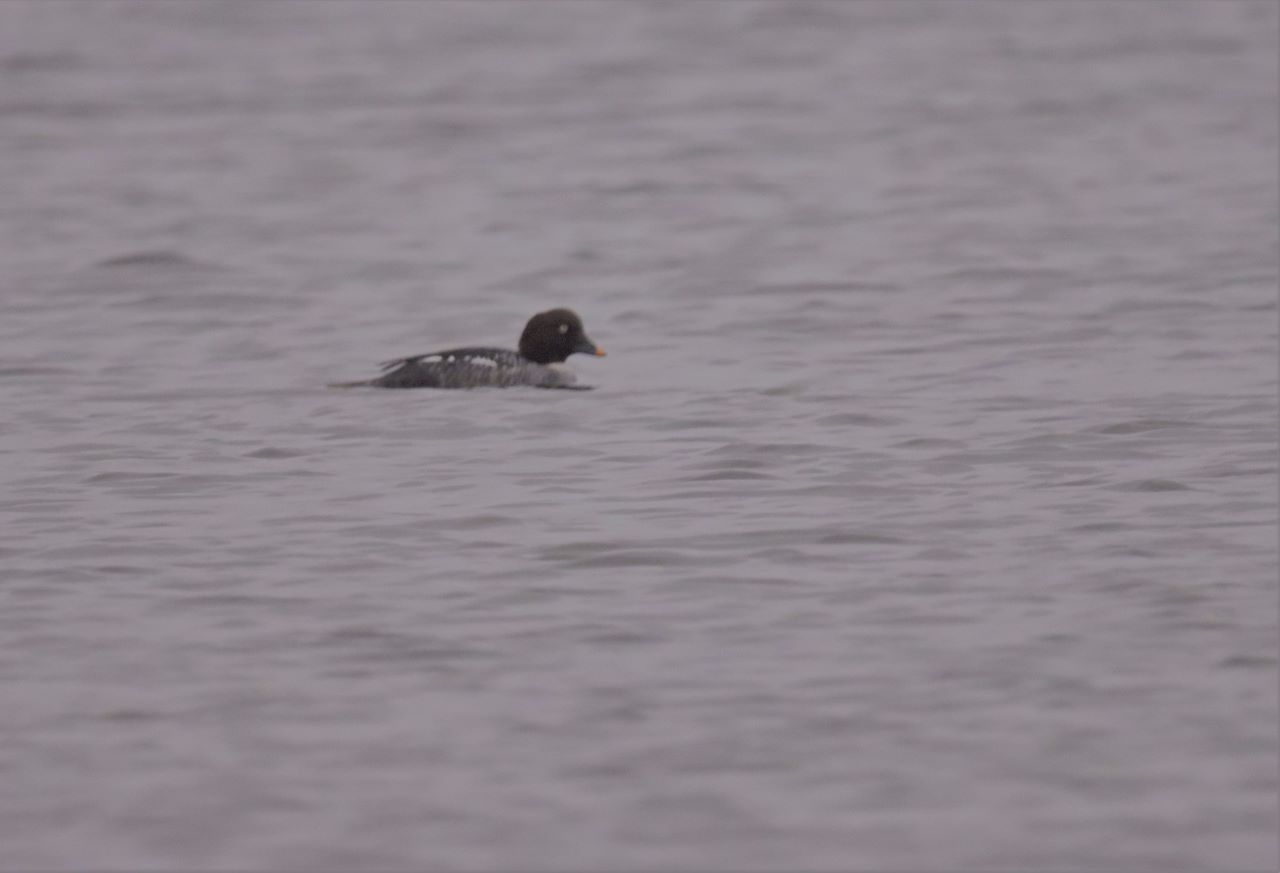
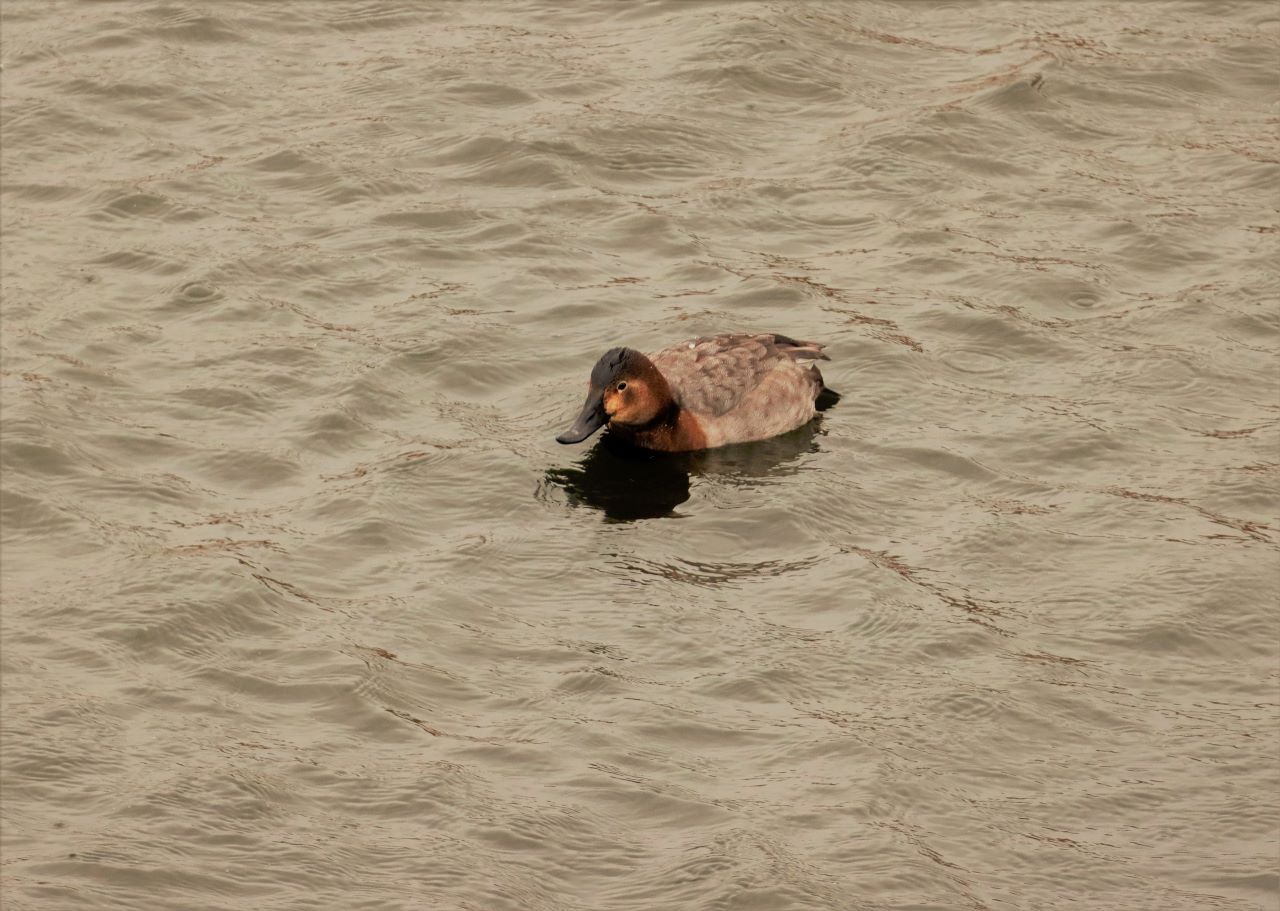

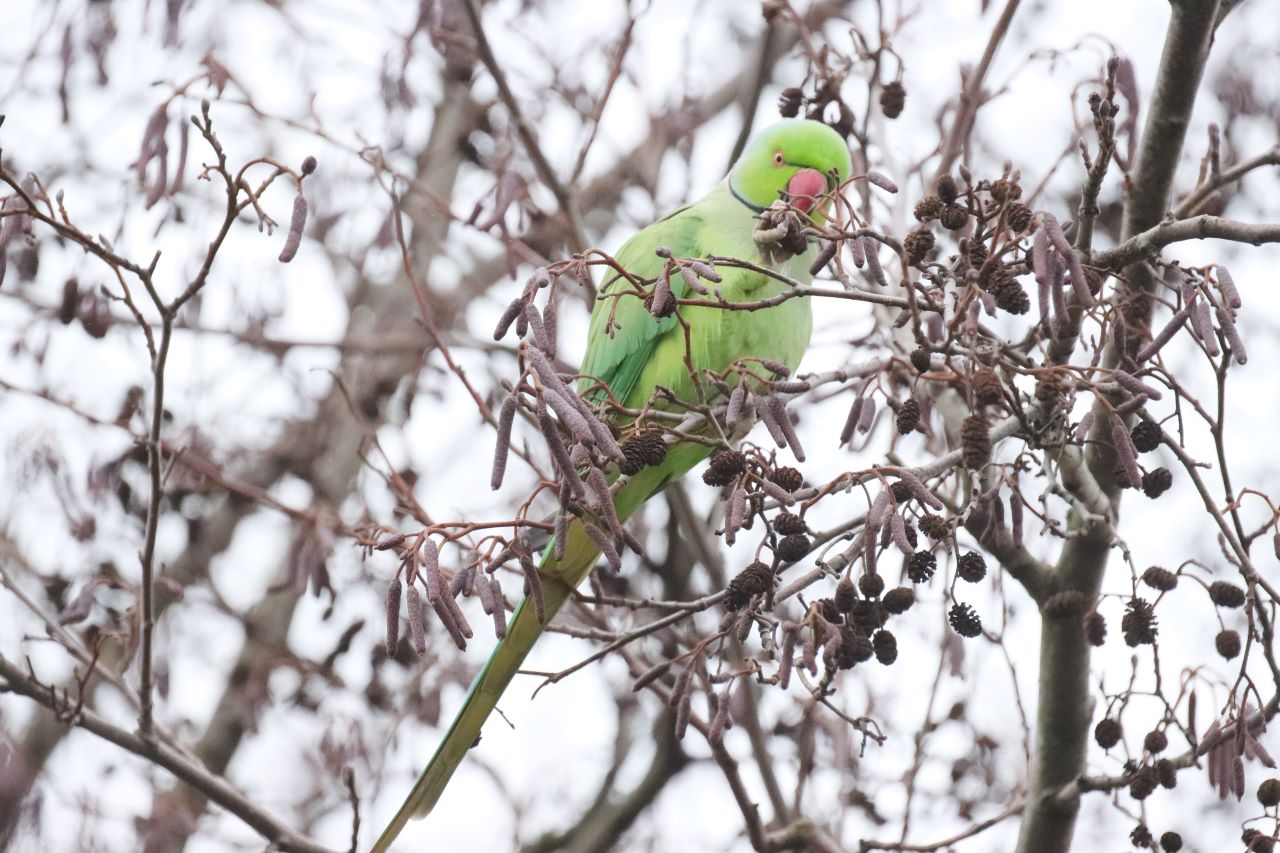

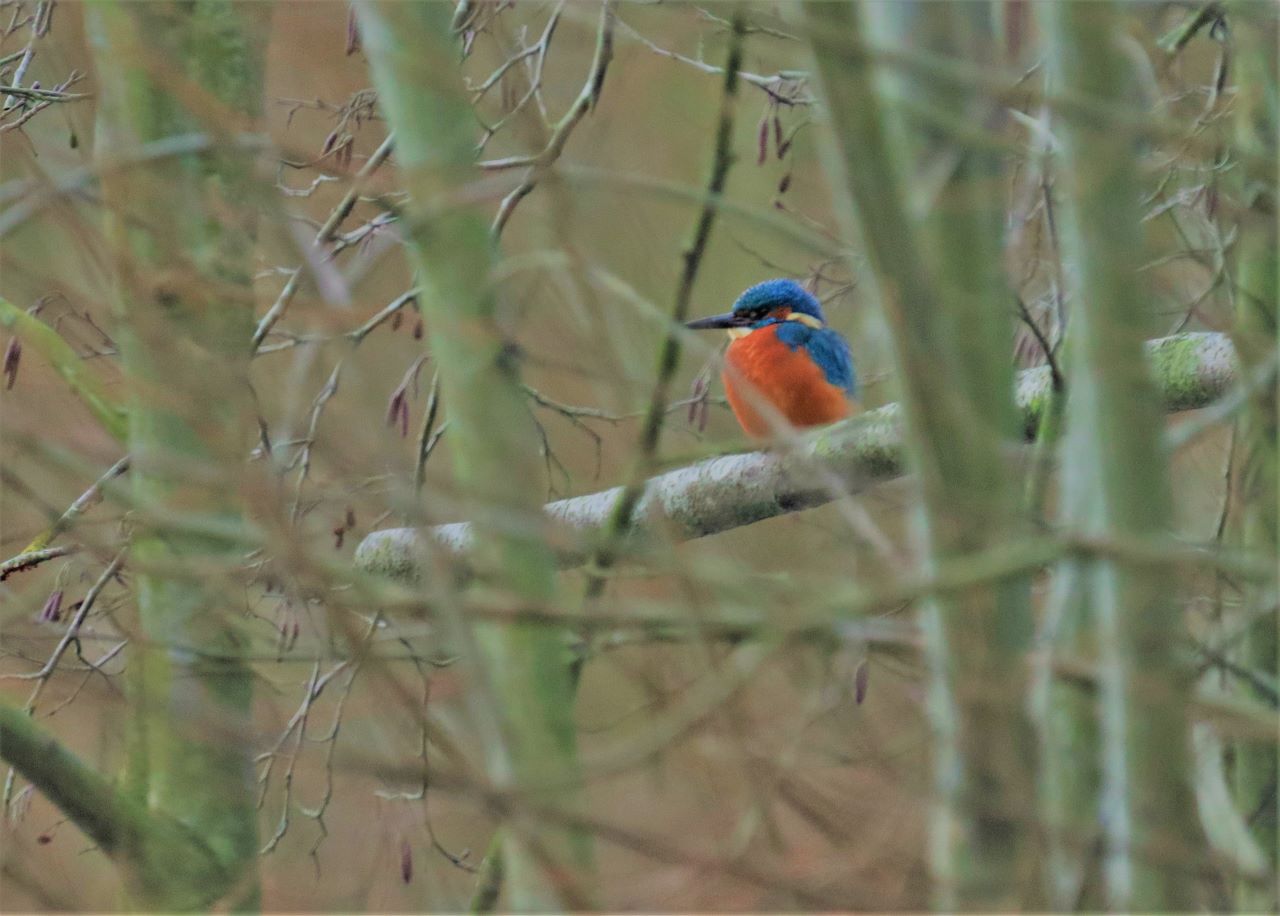
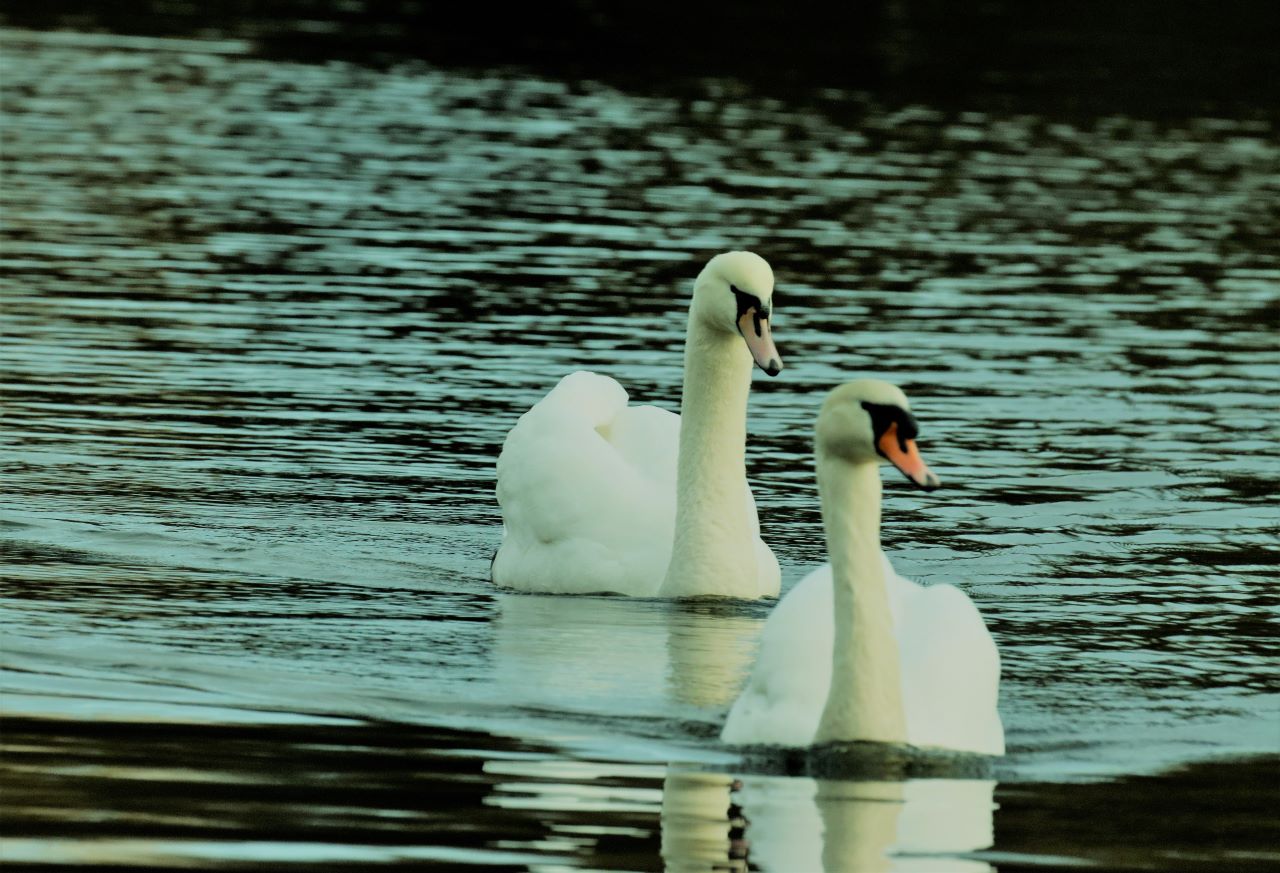
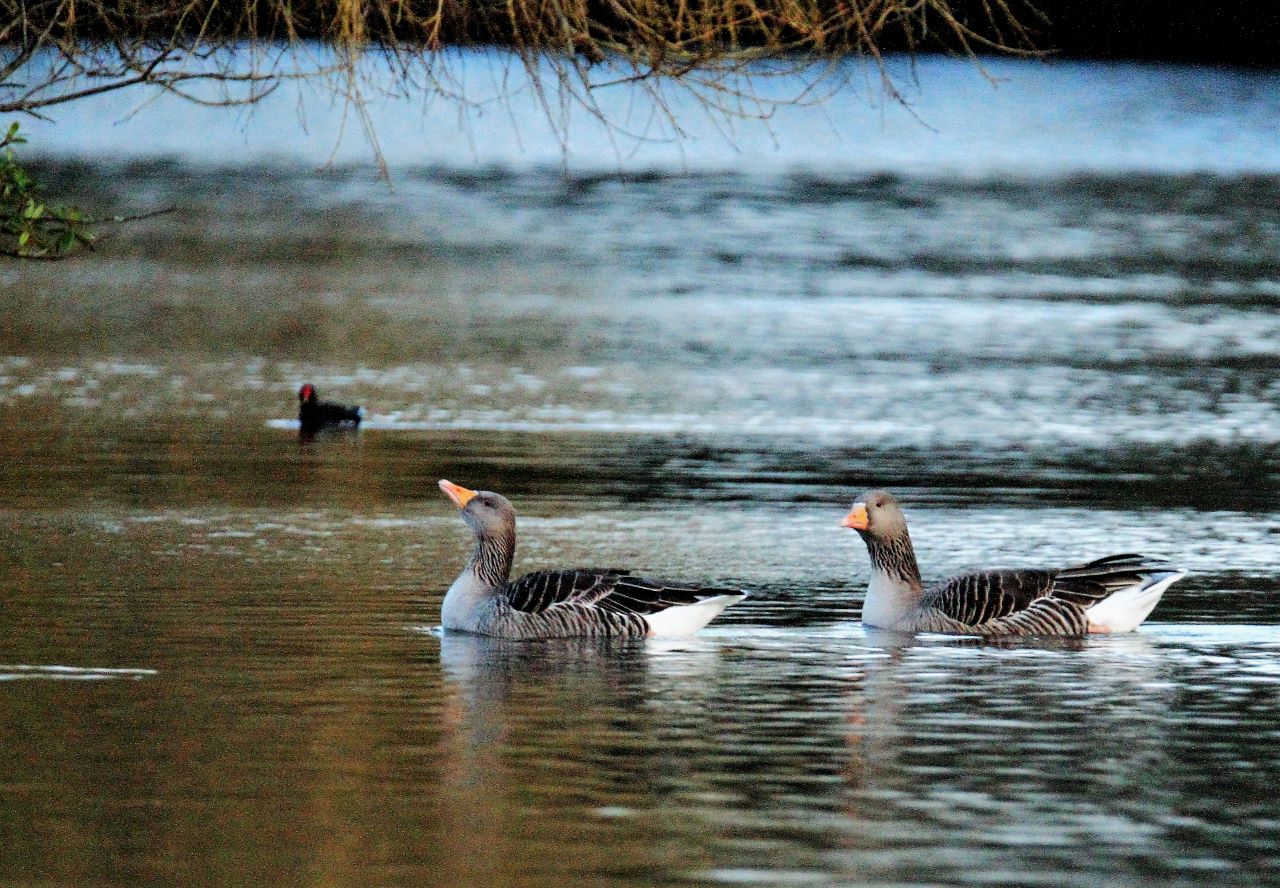
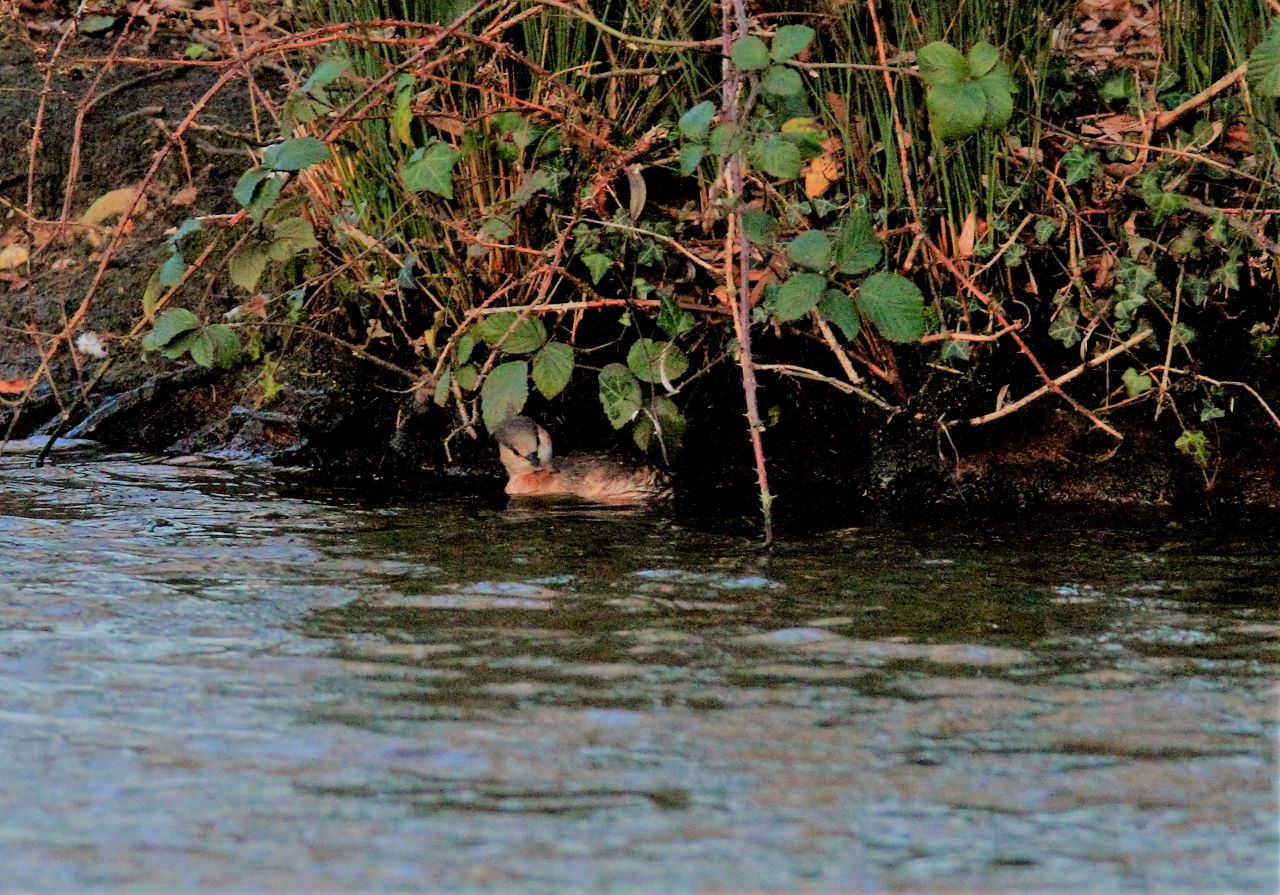




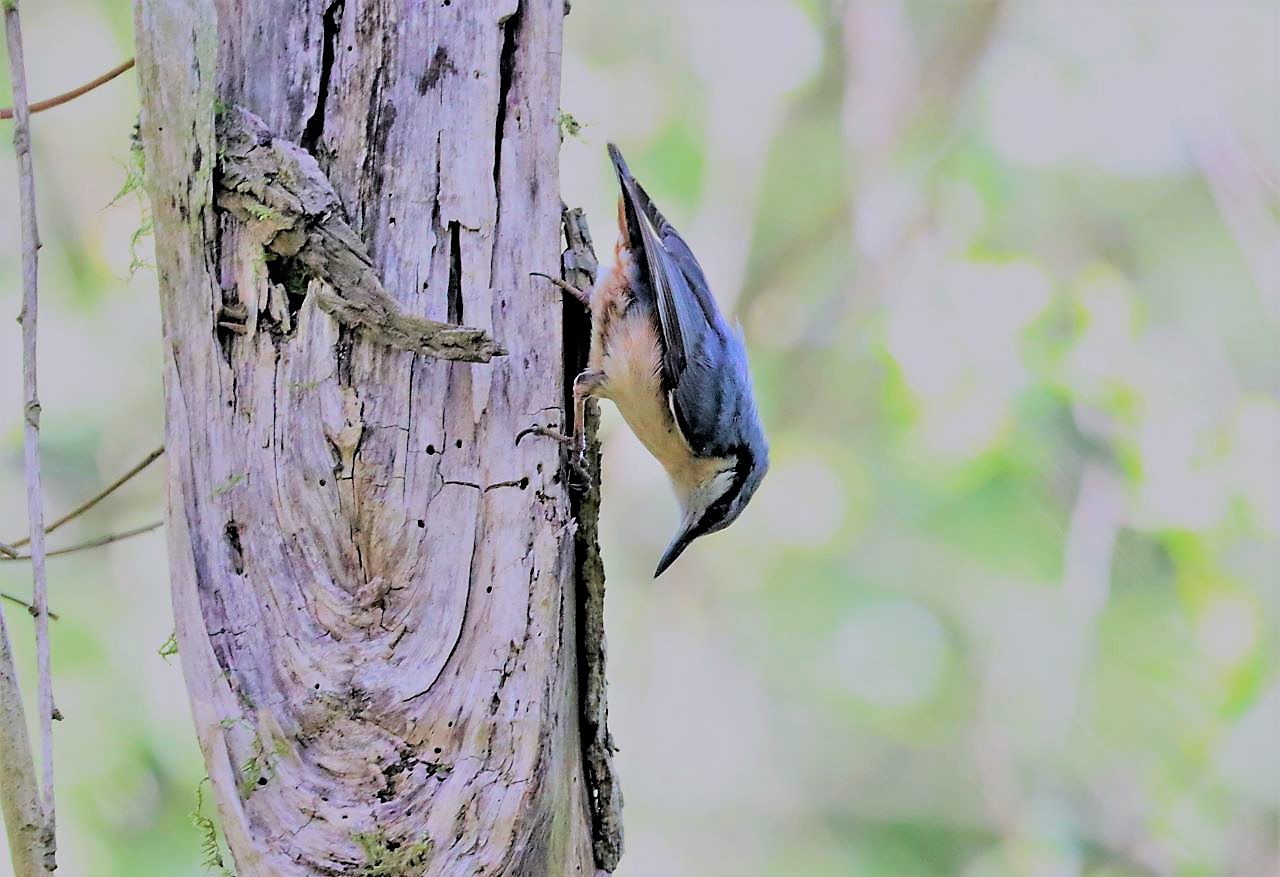
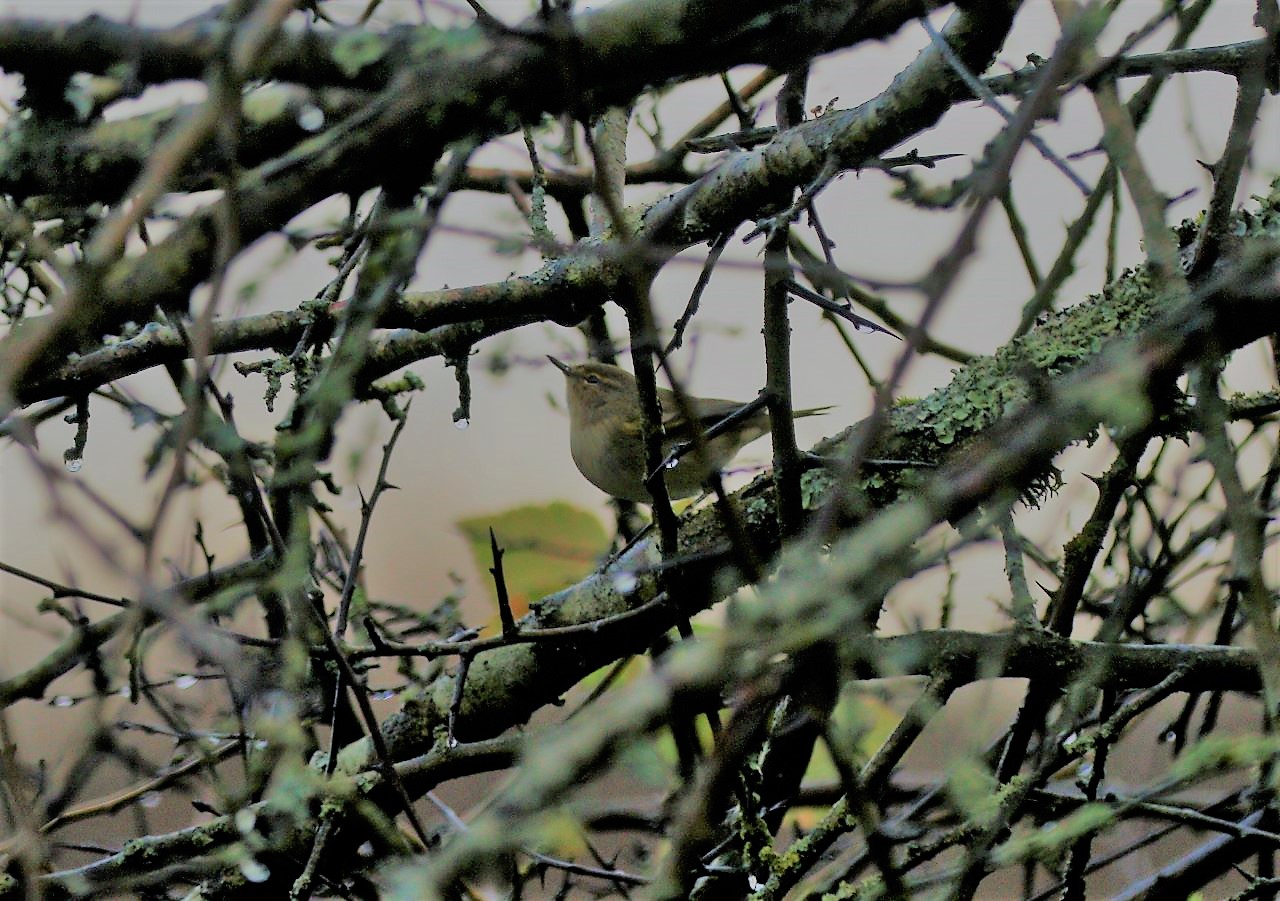
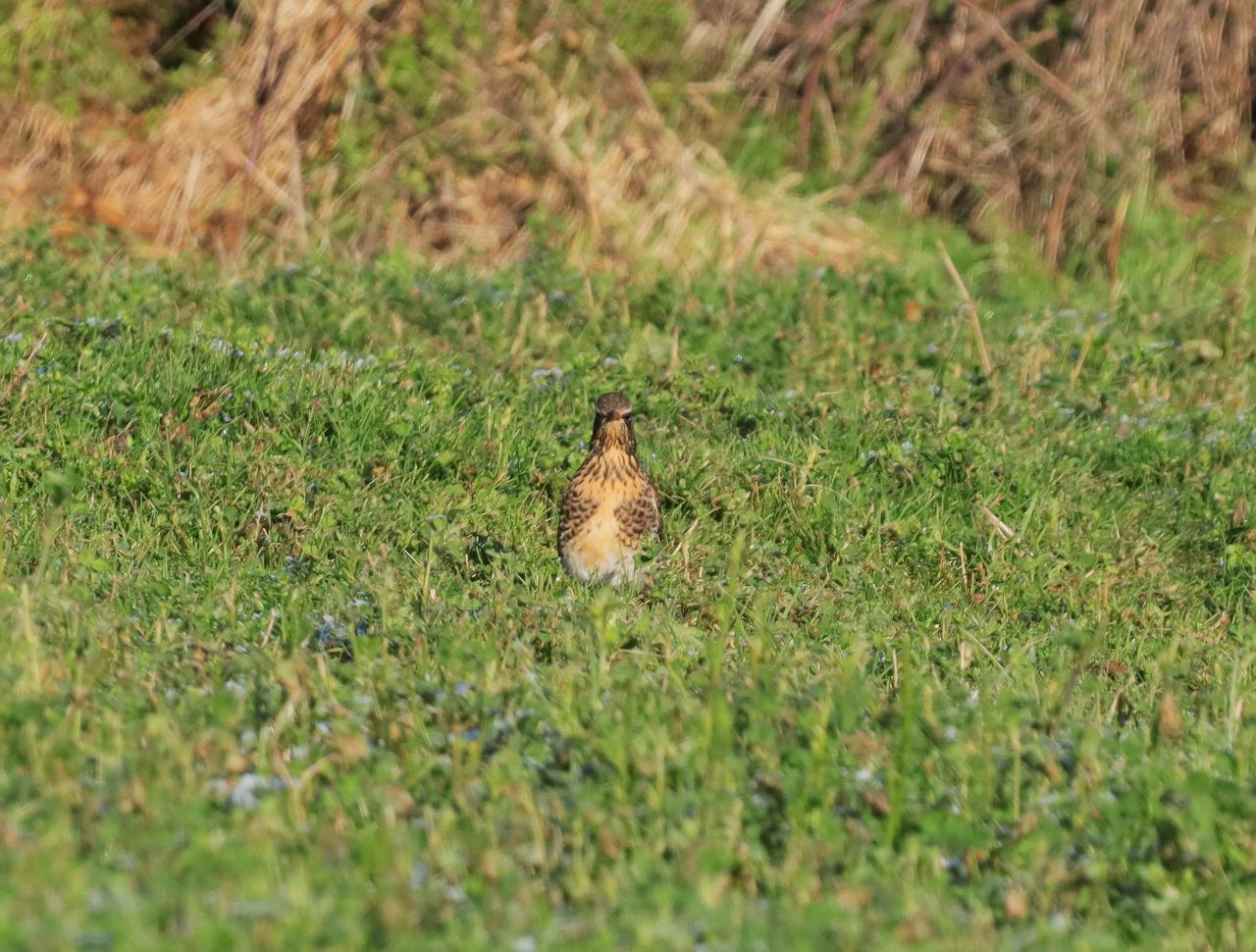

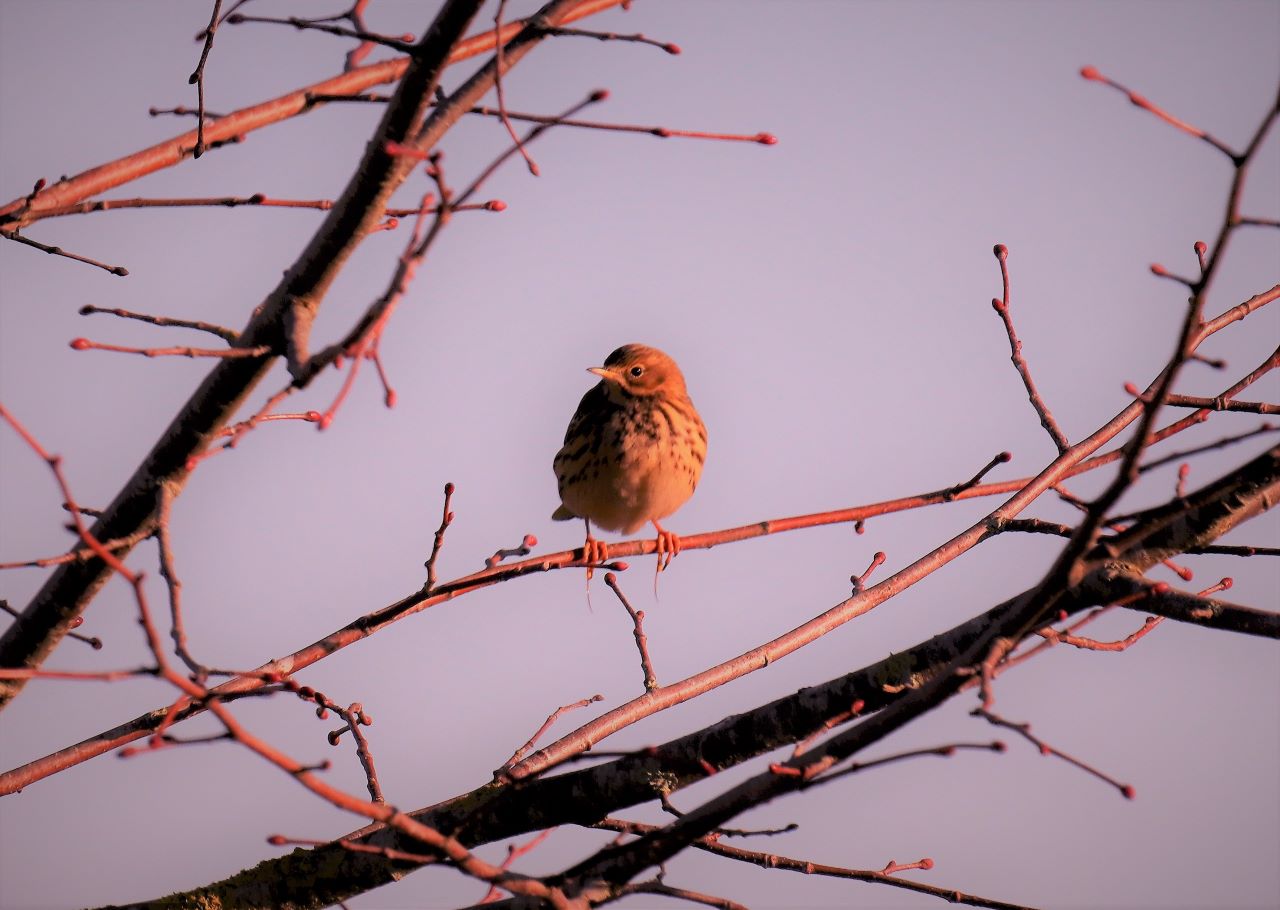
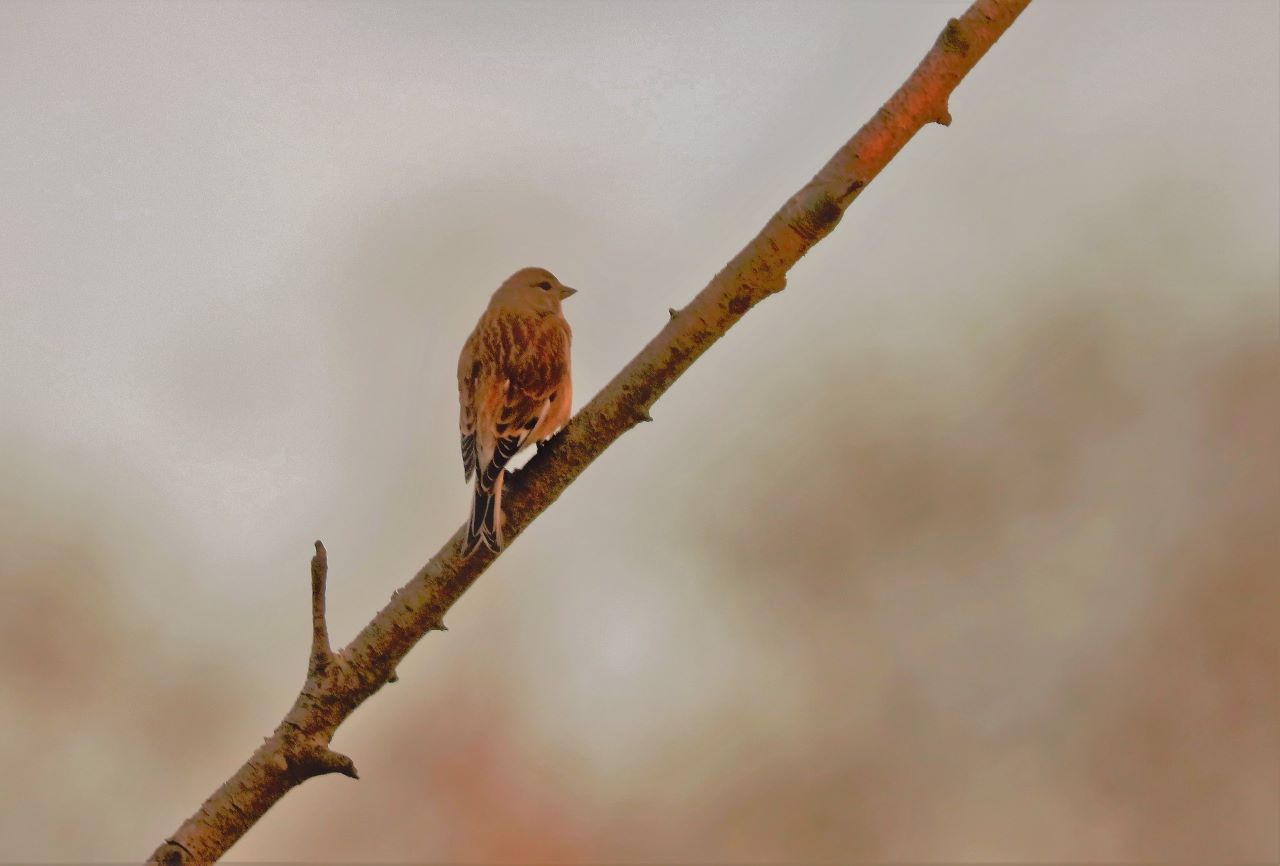
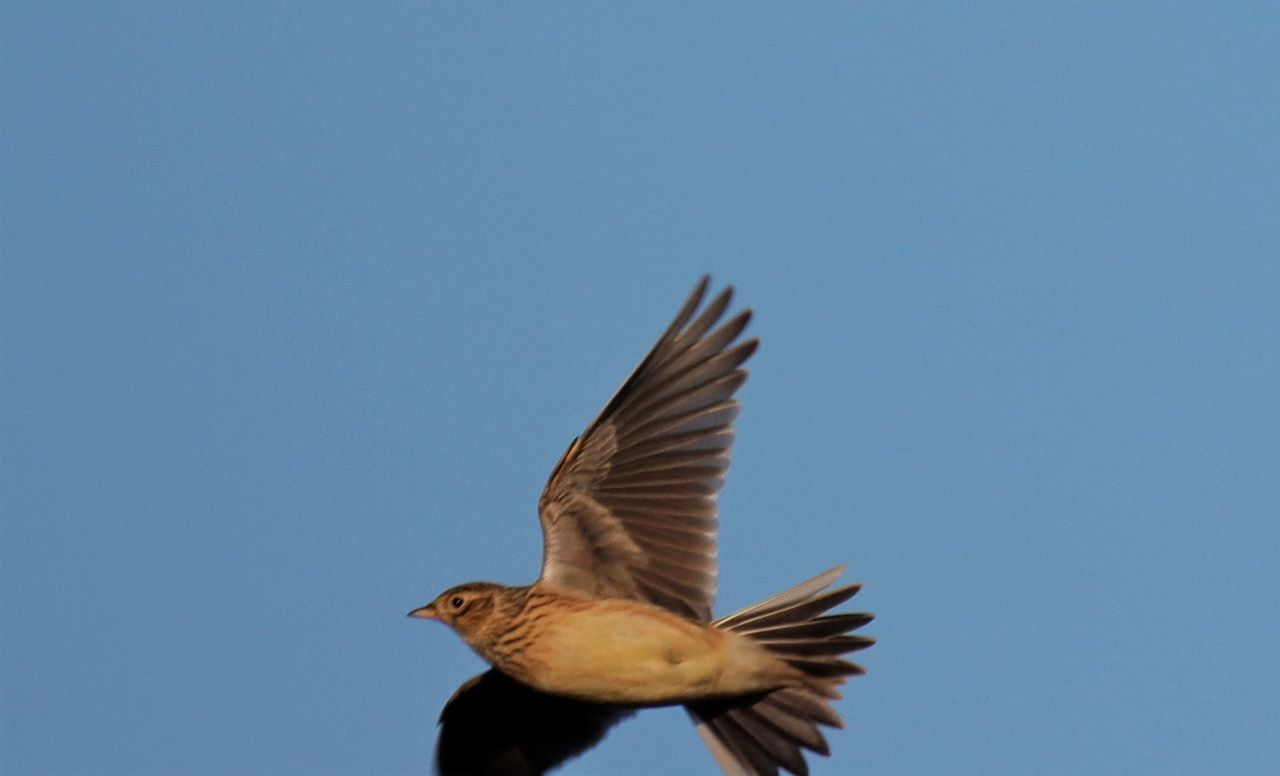
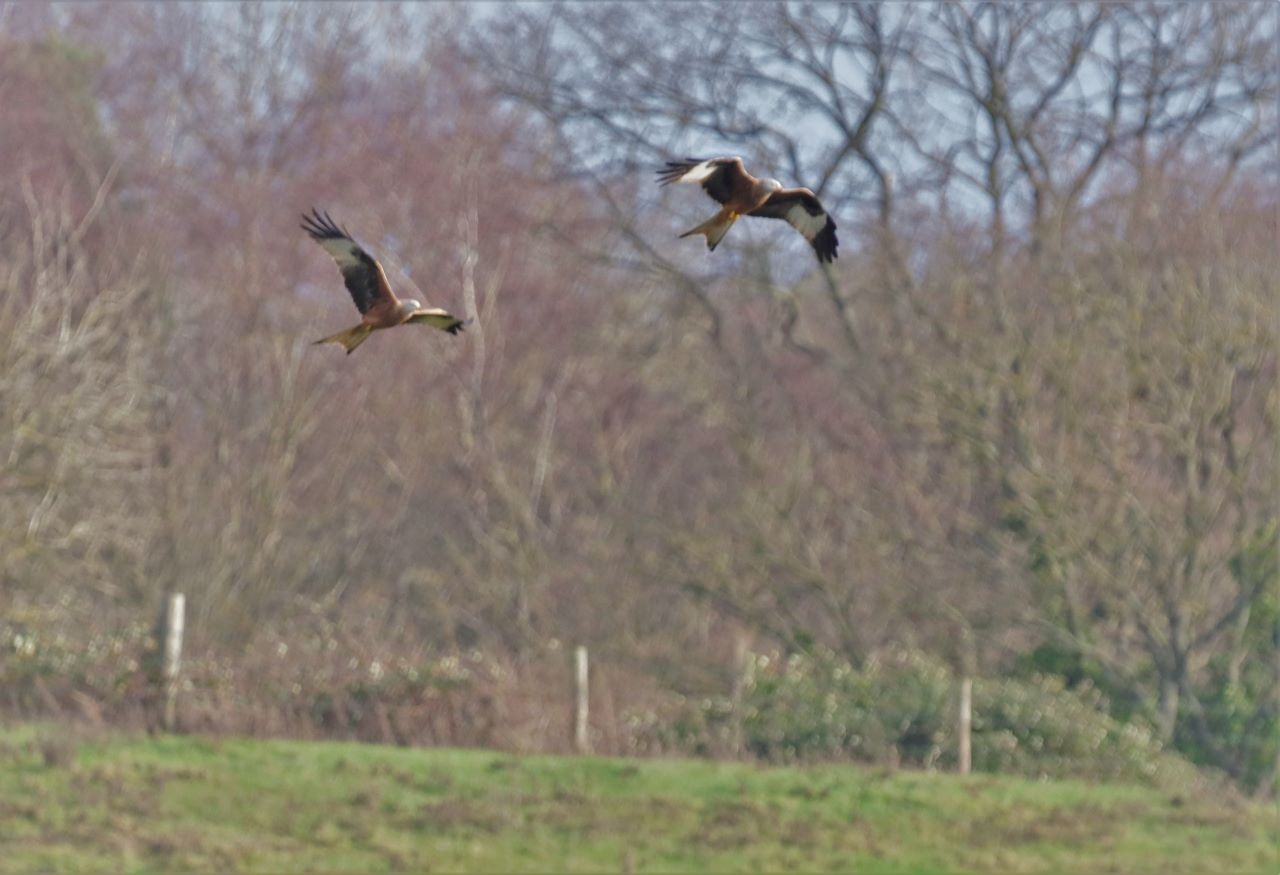
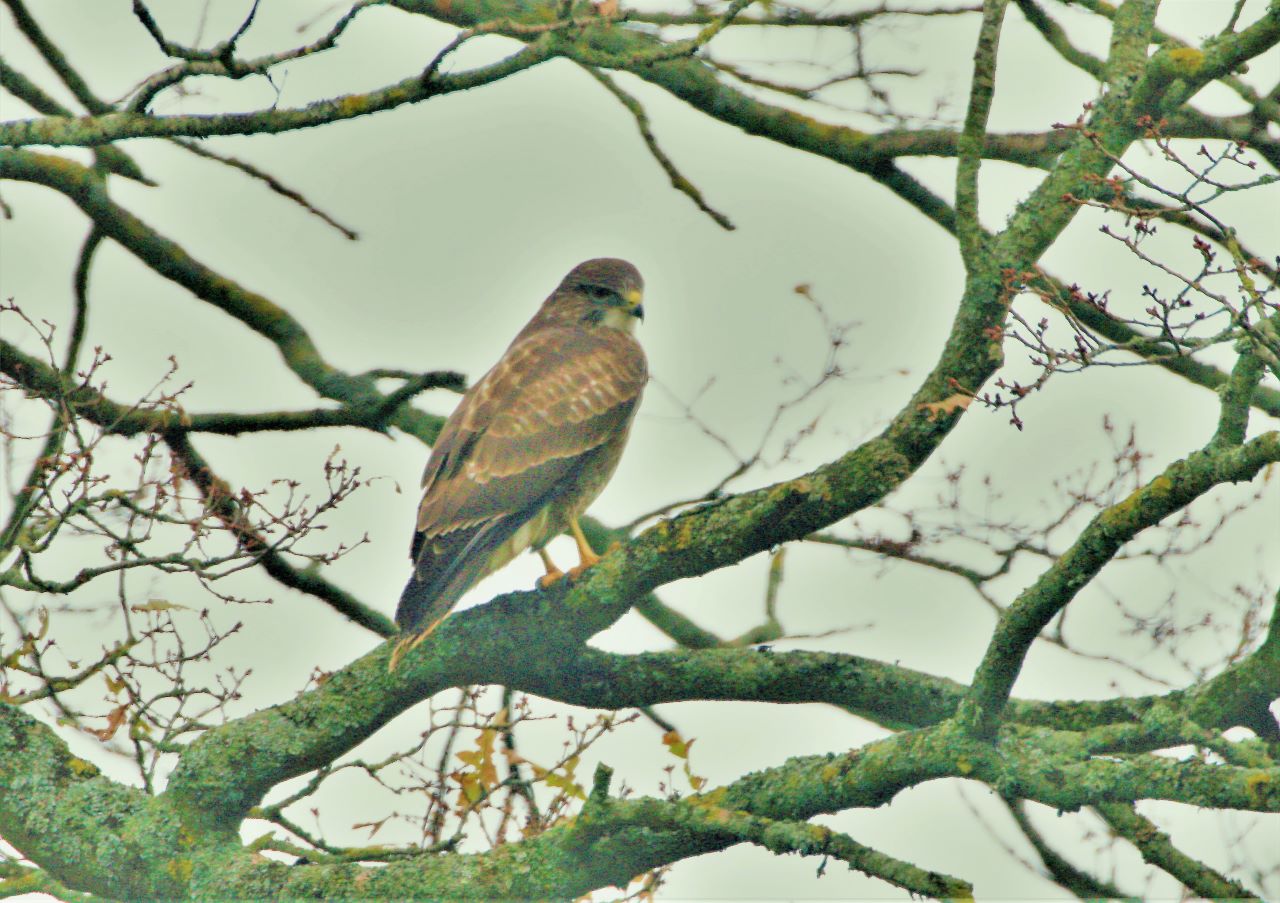

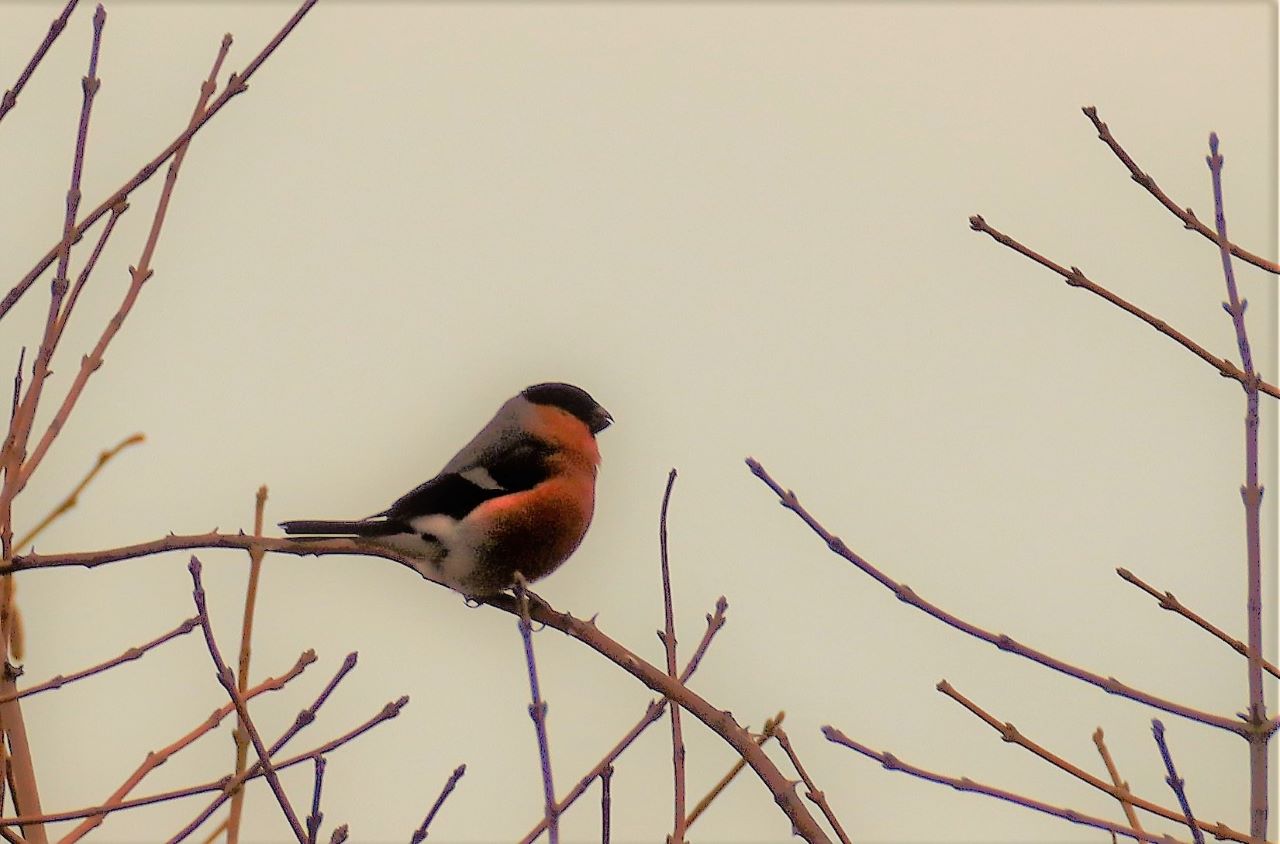



Geoffrey Bailey
January 17, 2023 at 9:16 am
Amazing collection. Well done.
John Lomas
January 19, 2023 at 12:52 pm
I don’t know if Malcolm Fincham is a “lister” but if he does happen to keep lists how did 2022 compare with previous years?
Obviously, 2020 and 2021 were Covid affected so far as trips out were concerned and there may have been a bird flu effect on numbers seen during a 2022 year list.
Does he keep site lists for example for: Whitmoor Common, Stoke Lake, Pewley Down etc?
Malcolm Fincham
January 22, 2023 at 6:51 pm
First, I would like to take the opportunity to thank all those for taking such an interest in nature by reading my reports, especially those that have taken time to comment.
My short answer to John Lomas’s interesting questions is that while personally covering such a wide range of areas in West Surrey, I don’t have the time to dedicate myself (as some local birders already do) to list birds I see on individual “patches”, so only generalize on the ebb and flow of avian species for my reports.
I do, however, regularly report any rarities or even unusual species not often seen within habitats to Surrey Bird Club. https://surreybirdclub.org.uk/#latestpost:sightings